
MODERN MADE | Modern Art & Post-War Design | 636
Mall Galleries | London
PAST AUCTION
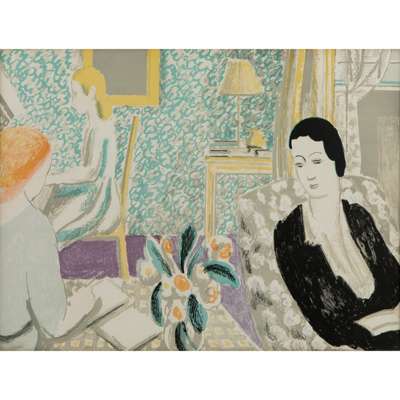
LOT 50
Vanessa Bell (British 1879-1961)
The School Room, circa 1937
SOLD FOR £2,125
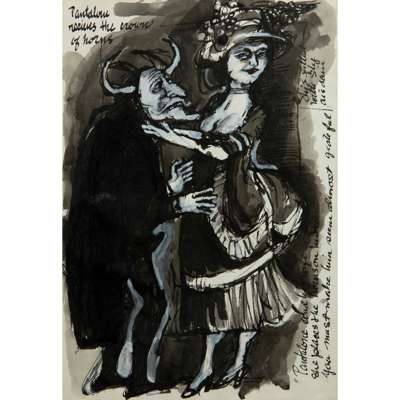
LOT 51
Alfred Cohen (American / British 1920-2001)
The Crown of Horns, 1963
SOLD FOR £375
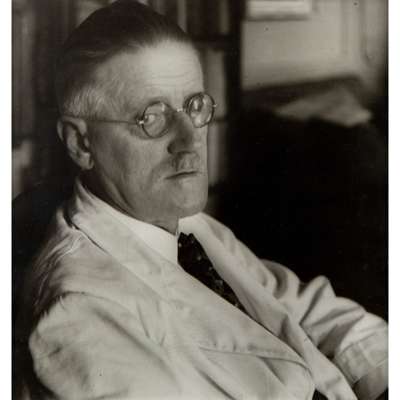
LOT 52
Josef Breitenbach (German 1896-1984)
James Joyce
SOLD FOR £500

LOT 53
Lucebert (Dutch 1924-1994)
Very Strong, 1959
SOLD FOR £1,750
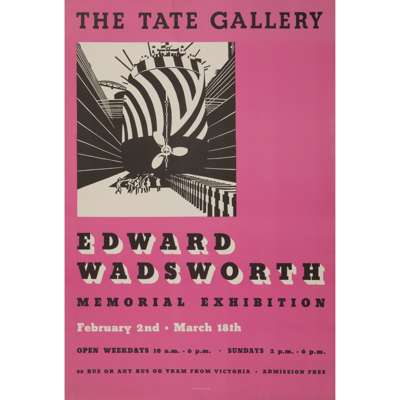
LOT 56
After Edward Wadsworth (1889-1949)
Edward Wadsworth, The Tate Gallery
SOLD FOR £500
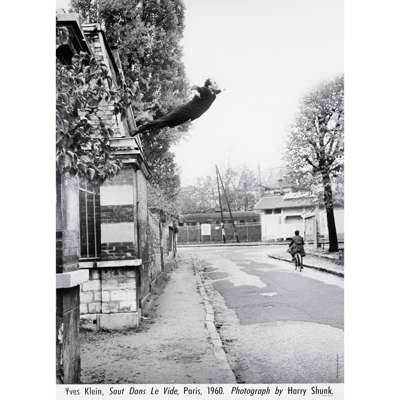
LOT 57
After Yves Klein and Harry Shunk
Leap into the Void (Saut Dan Le Vide, Paris)
SOLD FOR £938
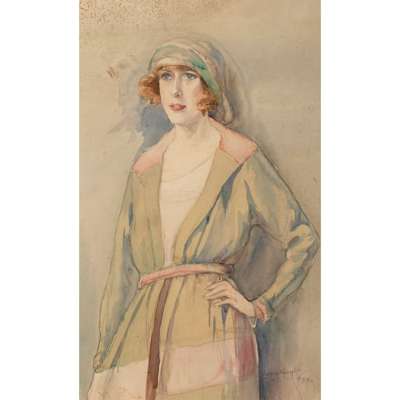
LOT 58
Dame Laura Knight R.A. (1877-1970)
Portrait of a Lady
SOLD FOR £1,875
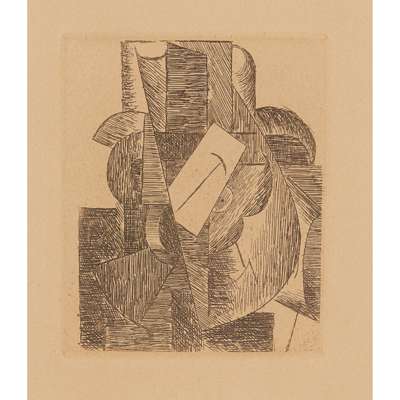
LOT 59
Pablo Picasso (Spanish 1881-1973)
Man in Hat, 1914
SOLD FOR £1,188
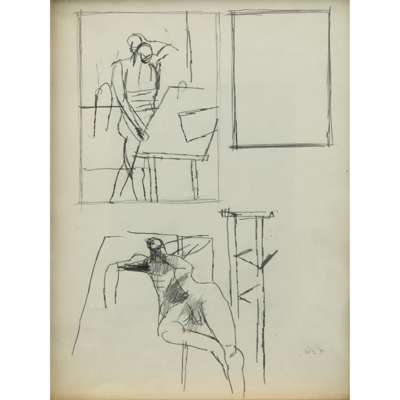
LOT 60
Keith Vaughan (British 1912-1977)
Reclining Nude and Figure by a Table
SOLD FOR £1,500
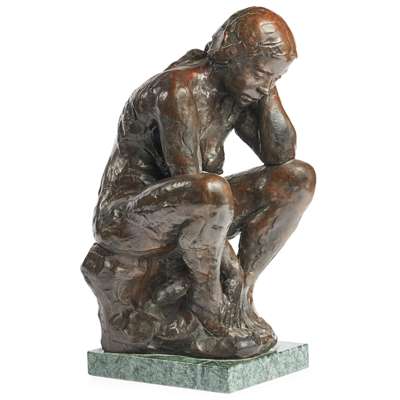
LOT 62
James 'Jim' Mathieson (British 1931-2003) (attributed to)
Crouching Nude
SOLD FOR £375
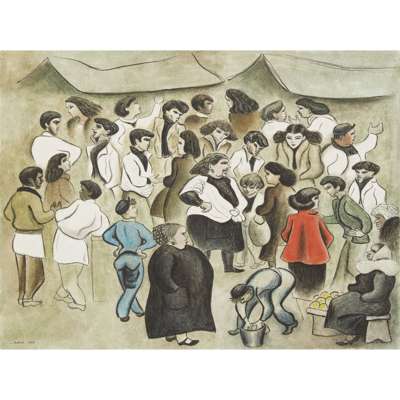
LOT 63
Dom Robert (Guy de Chaunac-Lanzac) (French 1907-1997)
Group of People Conversing, 1954
SOLD FOR £1,000
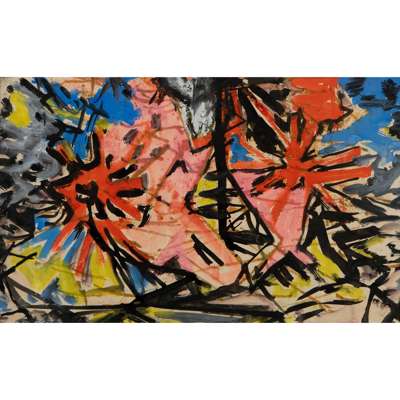
LOT 65
William Gear R.A., F.R.S.A., R.B.S.A. (British 1915-1997)
Landscape, 1949
SOLD FOR £1,250
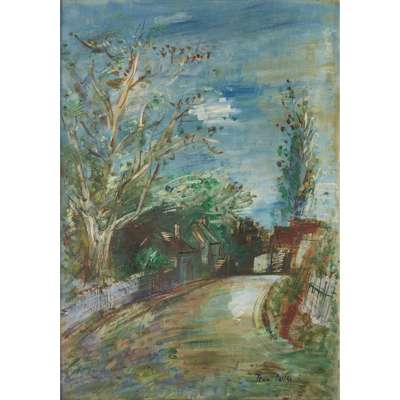
LOT 66
Jean Dufy (French 1888-1964)
Route de Rives (Touraine)
SOLD FOR £4,750

LOT 68
Anthony Gross (British 1905-1984)
The Plain at Bélaye, 1958
SOLD FOR £3,750
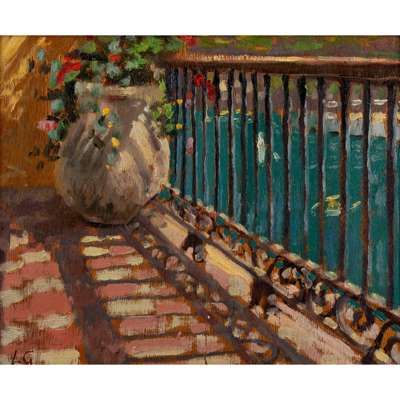
LOT 69
Leonard Greaves (British 1918-1949)
Balcony, Portofino
SOLD FOR £600
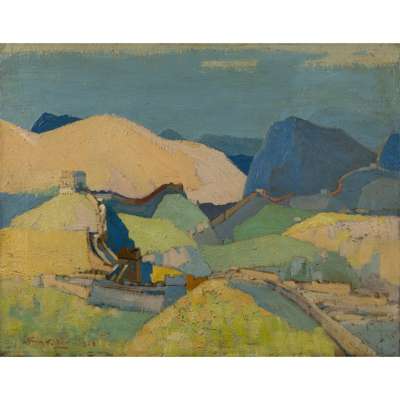
LOT 71
Teng-Hiok Chiu (Chou Ting-Hsu) (Chinese 1903-1972)
The Great Wall of China, 1931
SOLD FOR £27,500
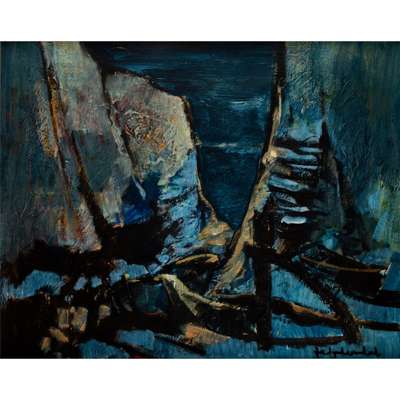
LOT 72
Jef Friboulet (French 1919-2003)
La Valleuse
SOLD FOR £1,250
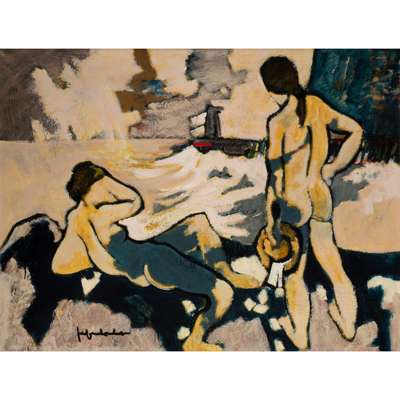
LOT 73
Jef Friboulet (French 1919-2003)
Bathers
SOLD FOR £5,000
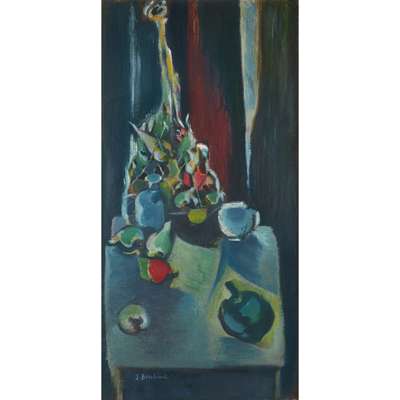
LOT 74
Jacob Bornfriend (Czech 1904-1976)
The Vegetable Net
SOLD FOR £6,250

LOT 75
Henry Hammond (British 1914-1986)
Tea Bowl
SOLD FOR £300
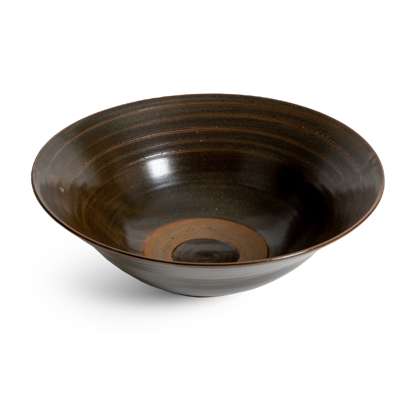
LOT 76
Gwyn Hanssen Pigott (Australian 1935-2013)
Footed Bowl
SOLD FOR £500
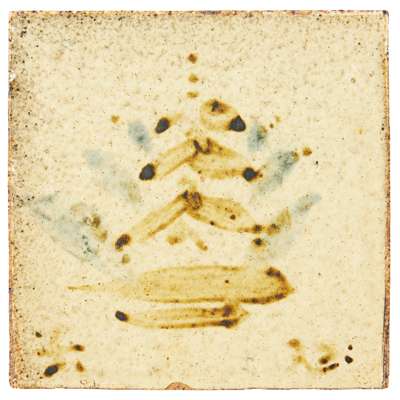
LOT 77
Bernard Leach C.H. C.B.E. (1887-1979)
Pagoda Tile
SOLD FOR £300

LOT 78
Janet Leach (American 1918-1997)
Vase with Lugs, 1981
SOLD FOR £500
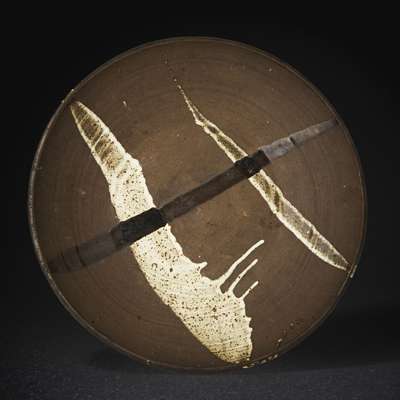
LOT 79
Janet Leach (American 1918-1997)
Bowl
SOLD FOR £875
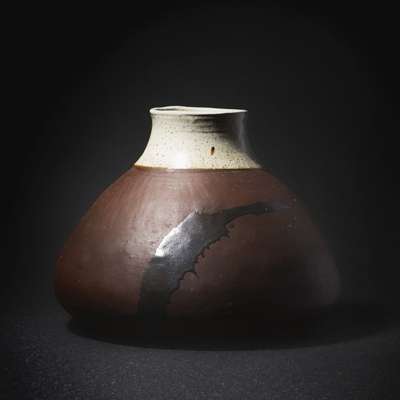
LOT 80
Janet Leach (American 1918-1997) at Leach Pottery
Vessel
SOLD FOR £875
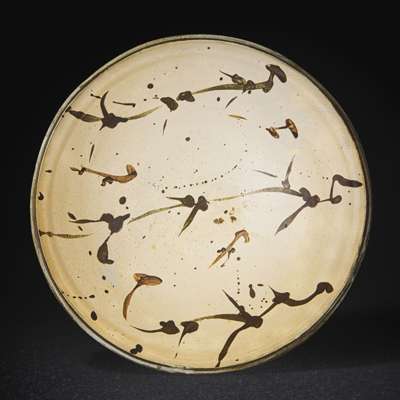
LOT 81
William Marshall (British 1923-2007)
Large Bowl
SOLD FOR £750
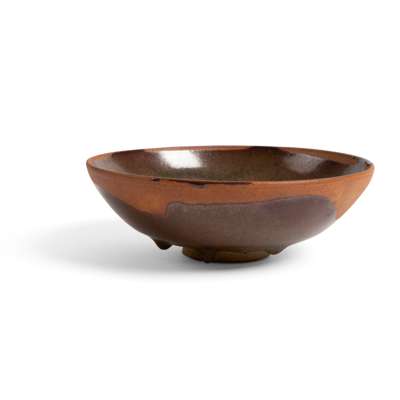
LOT 83
William Staite Murray (British 1881-1962)
Footed Bowl
SOLD FOR £600
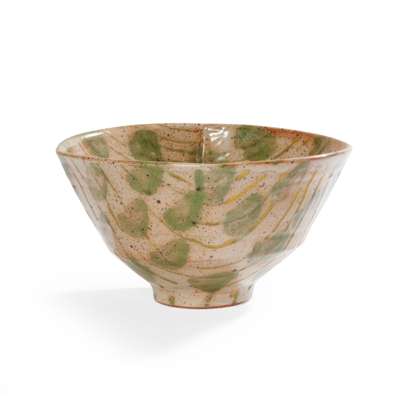
LOT 84
Janice Tchalenko (British 1942-2018)
Footed Bowl
SOLD FOR £375
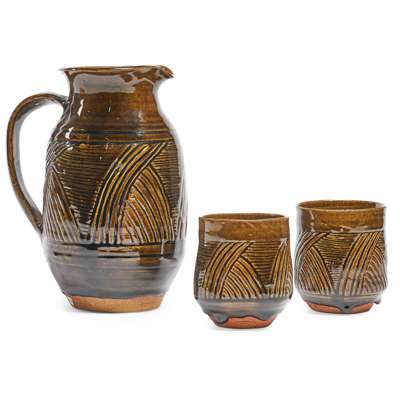
LOT 85
Katherine Pleydell-Bouverie (British 1895-1985)
Lemonade Set
SOLD FOR £550
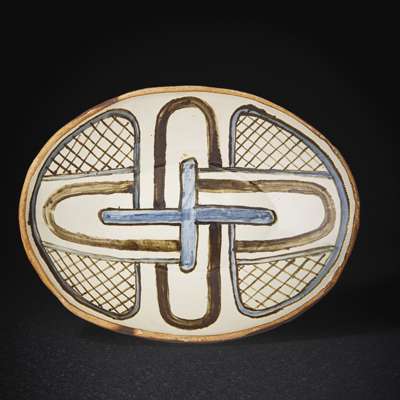
LOT 86
Seth Cardew (British 1934-2016)
Bowl
SOLD FOR £425
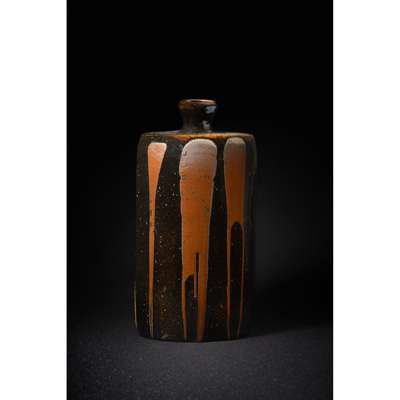
LOT 87
David Leach O.B.E. (British 1911-2005)
Vase
SOLD FOR £550
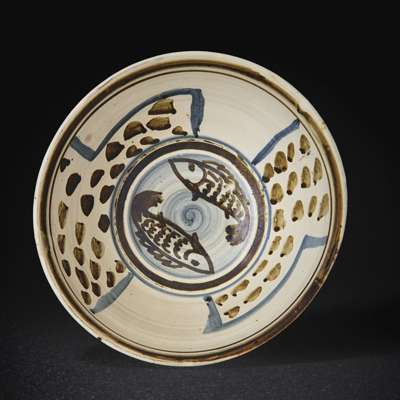
LOT 88
Seth Cardew (British 1934-2016) at Wenford Bridge
Footed Bowl
SOLD FOR £300
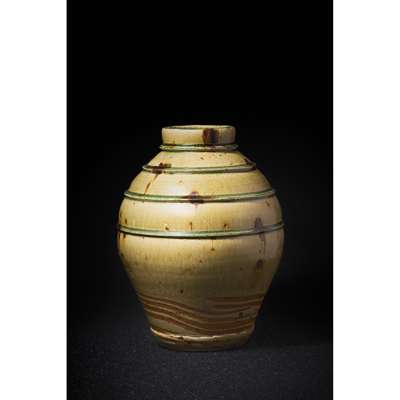
LOT 89
Takeshi Yasuda (Japanese 1943-)
Vase
SOLD FOR £1,000
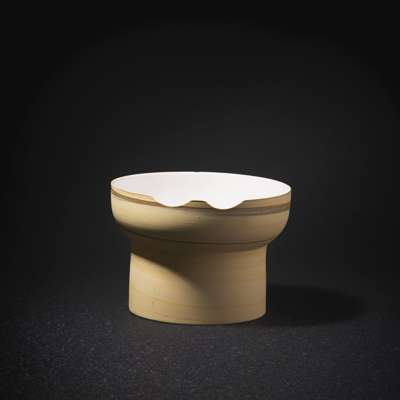
LOT 90
Gordon Baldwin O.B.E. (British b.1932-)
'Agate' Pedestal Bowl, circa 1972
SOLD FOR £475
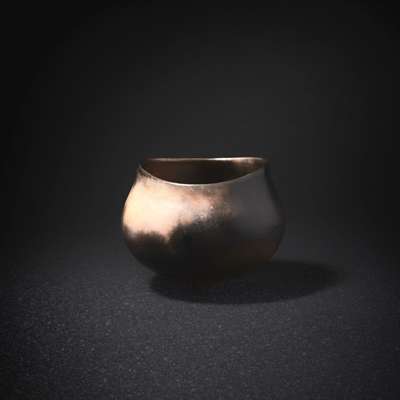
LOT 91
Gabriele Koch (German 1948-)
Small Vessel, circa 1992
SOLD FOR £250
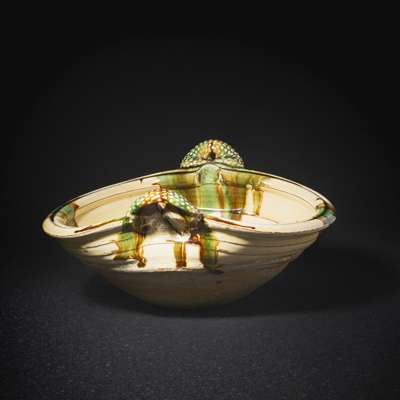
LOT 92
Takeshi Yasuda (Japanese 1943-)
'Sprung Bottom' Bowl
SOLD FOR £500
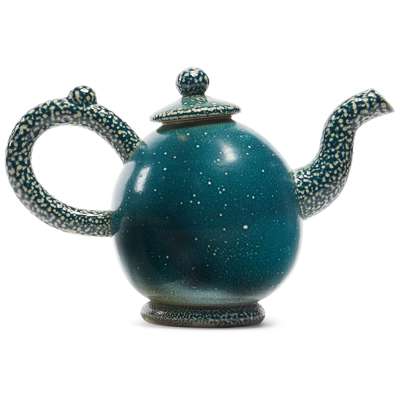
LOT 95
Walter Keeler (British 1942-)
Teapot, 2017
SOLD FOR £375
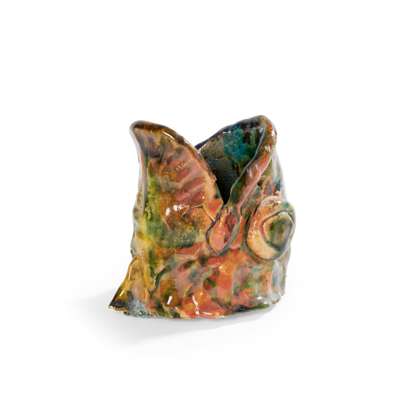
LOT 96
Kate Malone M.B.E. (British 1959-)
Fish Head
SOLD FOR £250
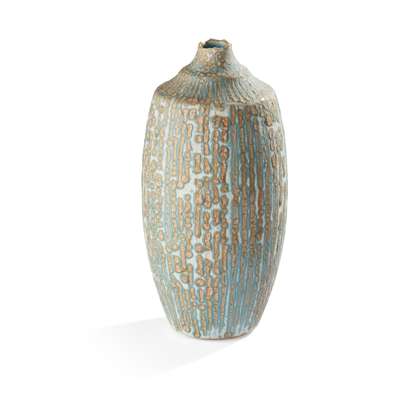
LOT 97
Peter Beard (British 1951-)
Vase
SOLD FOR £375
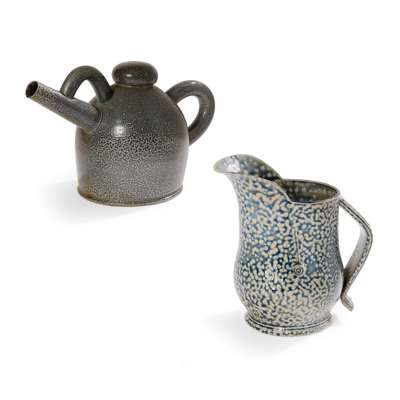
LOT 98
Walter Keeler (British 1942-)
Teapot and Jug
SOLD FOR £375
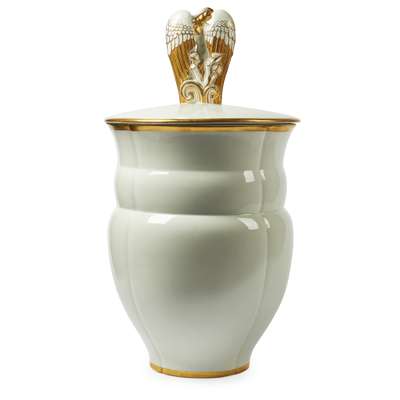
LOT 99
Gio Ponti (Italian 1891-1979) for Richard Ginori
Monumental Angelo Vase and Cover, circa 1930
SOLD FOR £6,875
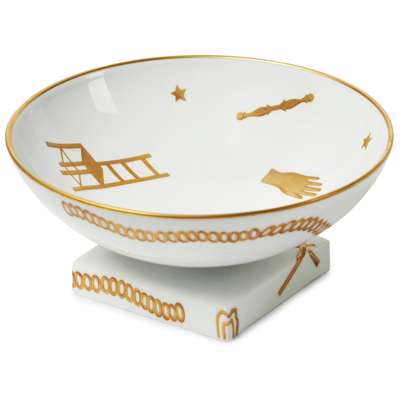
LOT 100
Gio Ponti (Italian 1891-1979) for Richard Ginori
Trionfo Italiano Bowl, 20th Century
SOLD FOR £750
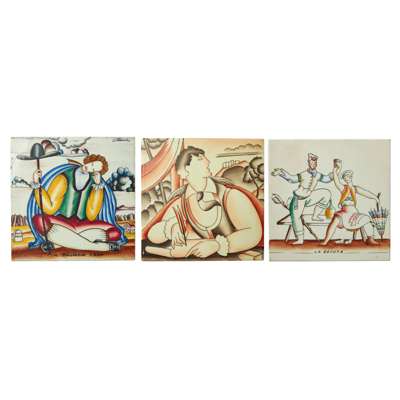
LOT 101
Gio Ponti (Italian 1891-1979) for Richard Ginori
Three Tiles, circa 1930
SOLD FOR £2,000
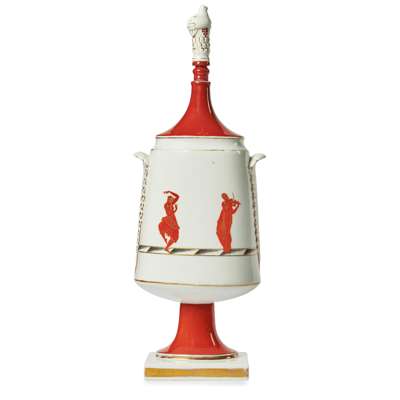
LOT 102
Gio Ponti (Italian 1891-1979) for Richard Ginori
Pompeiano Vase and Stopper, designed 1930
SOLD FOR £2,500
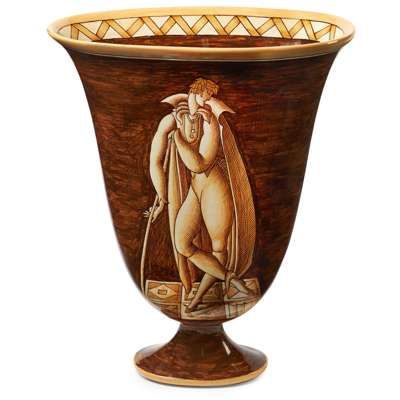
LOT 103
Gio Ponti (Italian 1891-1979) for Richard Ginori
Il Pellegrino Vase, designed 1930
SOLD FOR £8,125
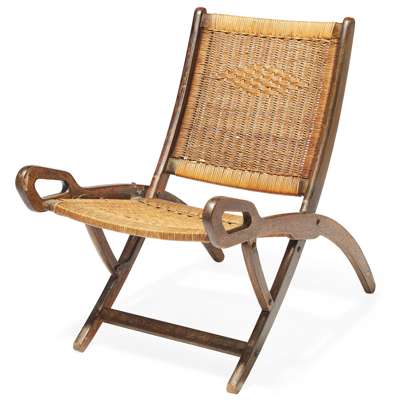
LOT 105
Gio Ponti (Italian 1891-1979)
Ninfea Folding Chair, circa 1958
SOLD FOR £1,000
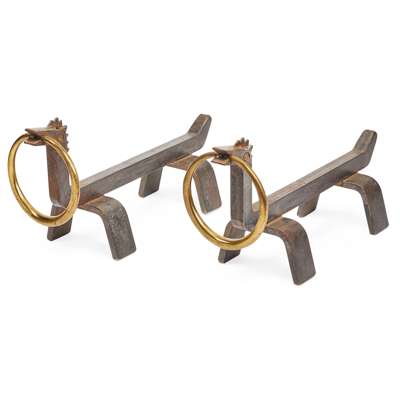
LOT 106
Osvaldo Borsani (Italian 1911-1985) (attributed to)
Pair of Andirons, designed circa 1946
SOLD FOR £5,000
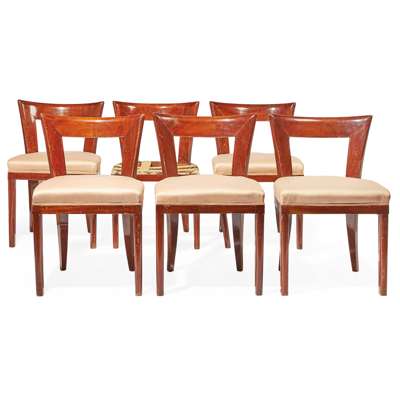
LOT 107
Italian
Set of Six Chairs, 1930s/1940s
SOLD FOR £1,063
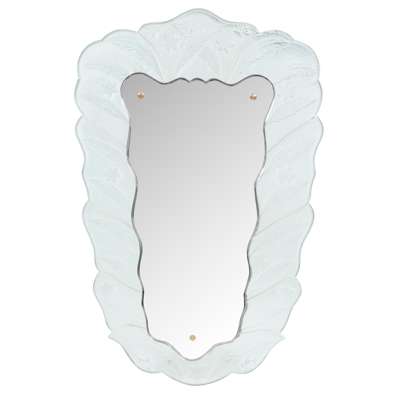
LOT 108
Italian
Venetian Mirror
SOLD FOR £1,000

LOT 109
Italian
Pair of Armchairs, circa 1950
SOLD FOR £2,000
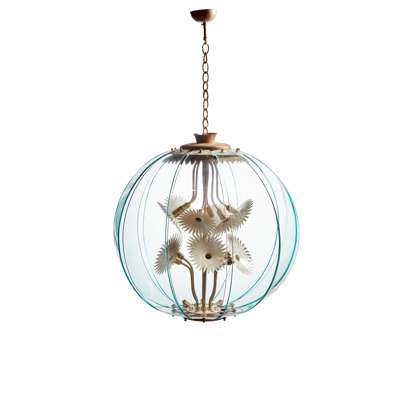
LOT 110
Pietro Chiesa (Italian 1892-1948) for Fontana Arte
Chandelier, circa 1950
SOLD FOR £11,250
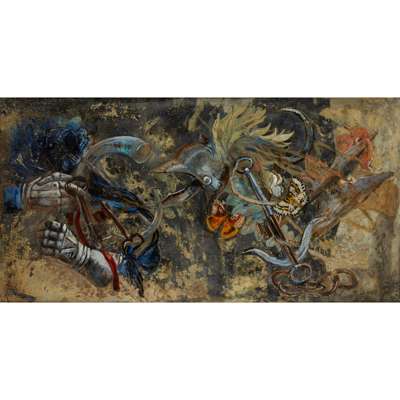
LOT 111
Edina Altara (Italian 1898-1983) (attributed to)
Panel, 1940s
SOLD FOR £2,125
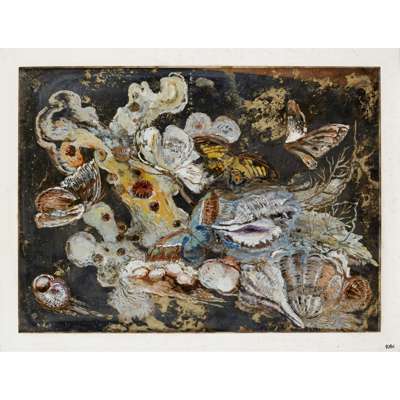
LOT 112
Edina Altara (Italian 1898-1983) (attributed to)
Two panels, 1940s
SOLD FOR £3,750
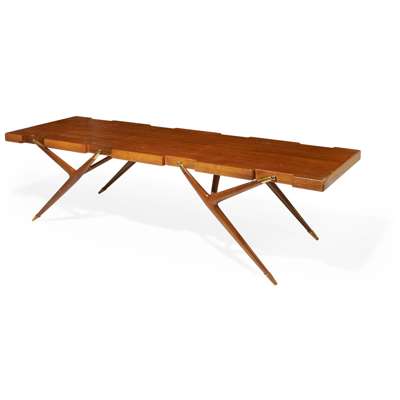
LOT 113
Ico Parisi (Italian 1916-1996) for Singer & Sons
Low Table, designed 1951
SOLD FOR £13,750
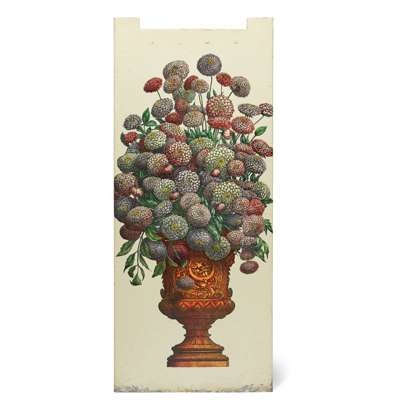
LOT 115
Piero Fornasetti (Italian 1913-1988), probably by
Enamelled Metal Cover
SOLD FOR £688
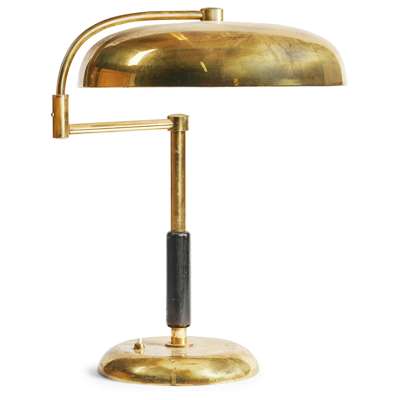
LOT 116
European School
Table Lamp
SOLD FOR £600
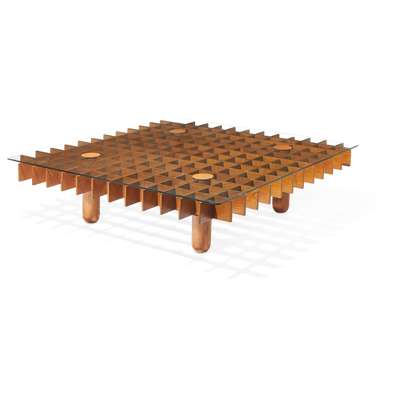
LOT 117
Italian
Coffee Table, 1970s
SOLD FOR £1,625

LOT 118
Fulvio Bianconi (Italian 1915-1996)
Vase, 1962
SOLD FOR £4,000
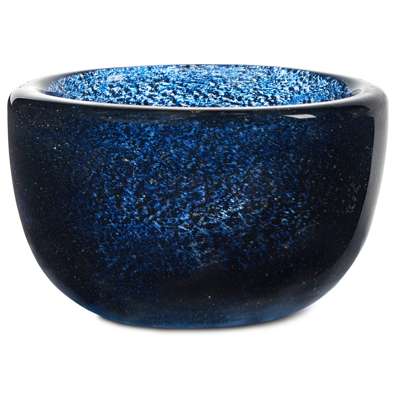
LOT 119
Barovier & Co., Murano
Bowl
SOLD FOR £1,375

LOT 120
Ercole Barovier (Italian 1889-1974)
Neoliticio Bowl, 1960
SOLD FOR £300
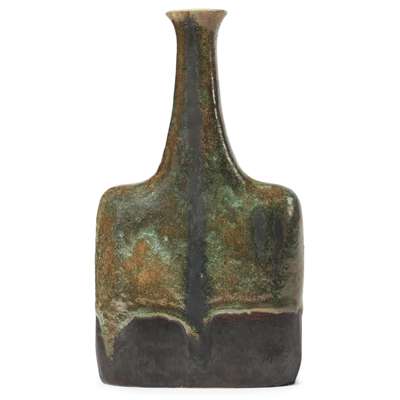
LOT 121
Bruno Gambone (Italian 1936-)
Vase
SOLD FOR £475
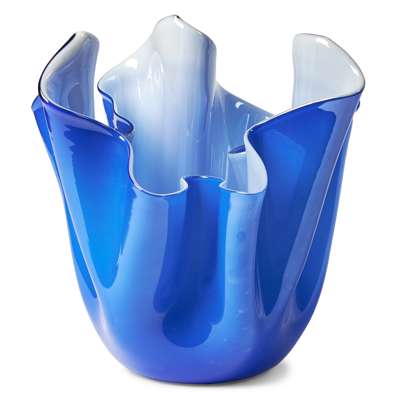
LOT 122
Fulvio Bianconi (Italian 1915-1996) for Venini
Fazzoletto Vase, designed circa 1948
SOLD FOR £575

LOT 123
Fulvio Bianconi (Italian 1915-1996) for Venini
Fazzoletto Vase, designed circa 1948
SOLD FOR £688
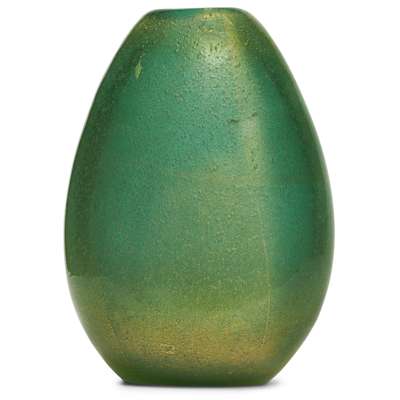
LOT 124
Flavio Poli (Italian 1900-1984) for Seguso Vetri d'Arte (est. 1937)
'Verde Pulegoso Oro' Vase, circa 1939/40
SOLD FOR £1,625
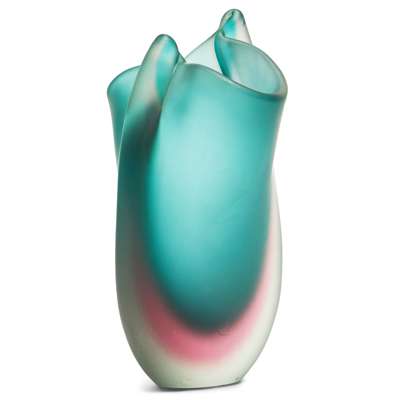
LOT 126
Arte Vetraria Muranese (AVeM (A.Ve.M.)) (attributed to)
Vase, circa 1960s
SOLD FOR £375
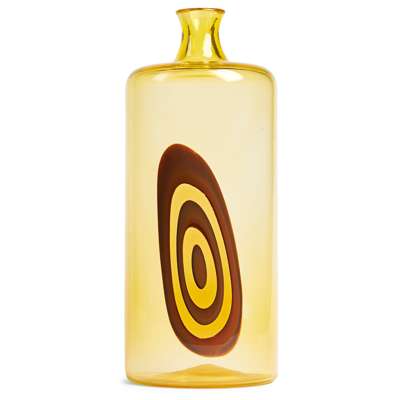
LOT 127
Gianmaria Potenza (Italian b.1936) for La Murrina
Vase, late 1960s
SOLD FOR £625

LOT 128
Toni Zuccheri (Italian 1937-2008)
Pair of wall appliques, 1960s
SOLD FOR £813
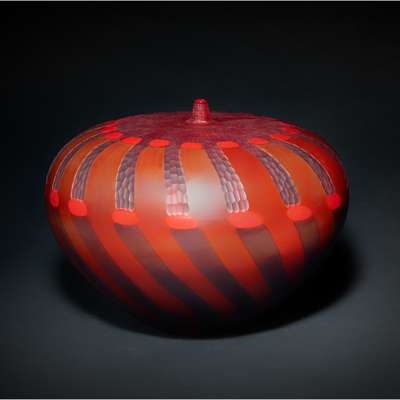
LOT 129
Andrea Zilio (Italian 1966-)
Tandem Vase, 2005
SOLD FOR £938
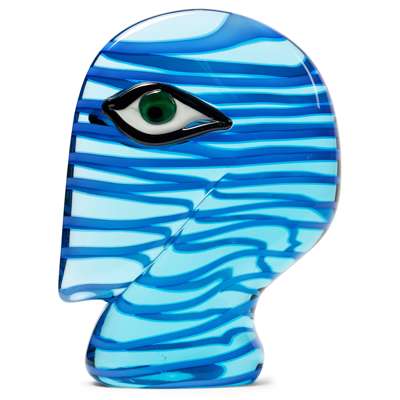
LOT 130
Robert Scherer (Austrian 1928-)
Head, 1978
SOLD FOR £4,000
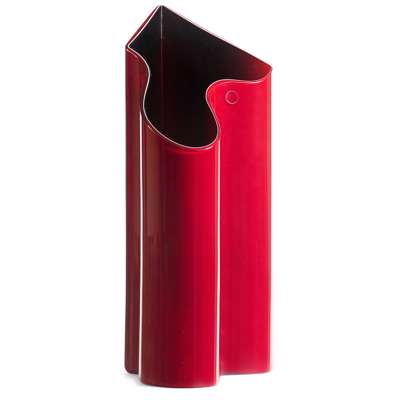
LOT 131
Timo Sarpaneva (Finnish 1926-2006) for Venini
Kelo Vase, designed 1990
SOLD FOR £813

LOT 132
Renzo Pavanello (Italian Contemporary)
Vase, 1980s
SOLD FOR £875
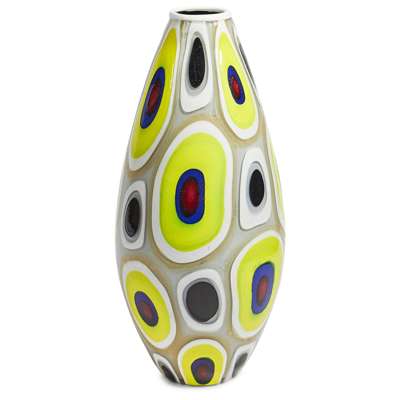
LOT 133
Renzo Pavanello (Italian Contemporary)
Vase, 1980s
SOLD FOR £550
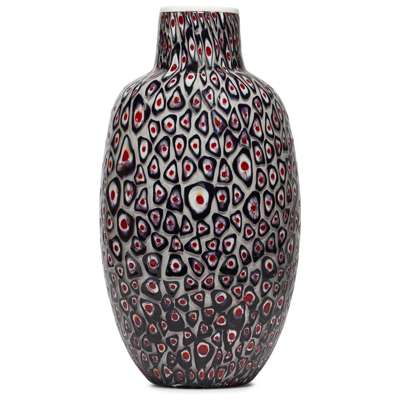
LOT 134
Renzo Pavanello (Italian Contemporary)
Vase, 1980s
SOLD FOR £525
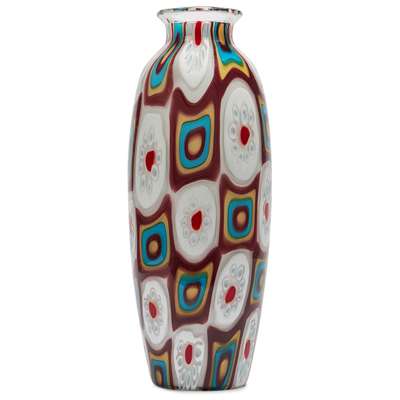
LOT 135
Renzo Pavanello (Italian Contemporary)
Vase, 1980s
SOLD FOR £1,000
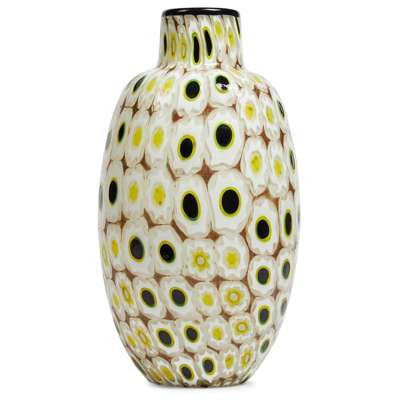
LOT 136
Renzo Pavanello
Vase, 1980s
SOLD FOR £575
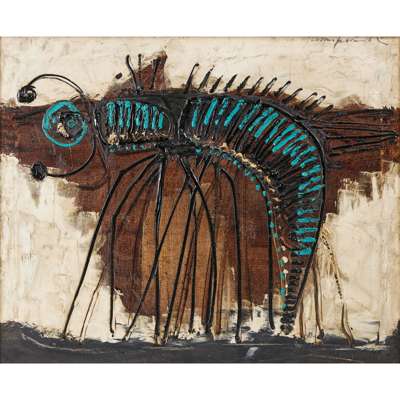
LOT 138
Cesare Peverelli (Italian 1922-2000)
Insect
SOLD FOR £1,375
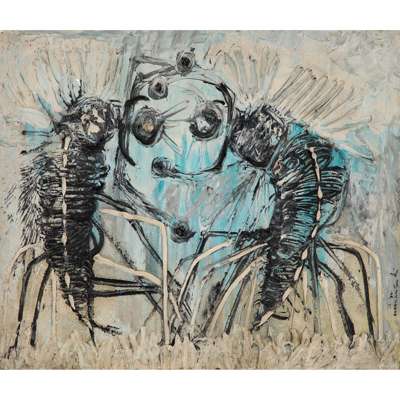
LOT 139
Cesare Peverelli (Italian 1922-2000)
Insects
SOLD FOR £1,188

LOT 140
Fontana Arte
Mirror, circa 1960
SOLD FOR £600
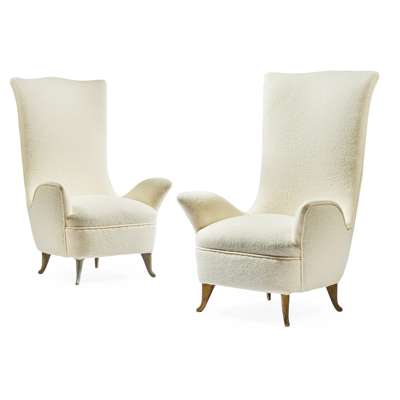
LOT 141
ISA of Bergamo, Italy
Pair of Armchairs, 1950s
SOLD FOR £2,500
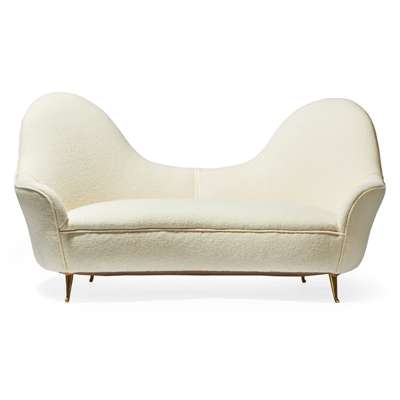
LOT 142
ISA of Bergamo, Italy
Sofa, 1950s
SOLD FOR £4,750
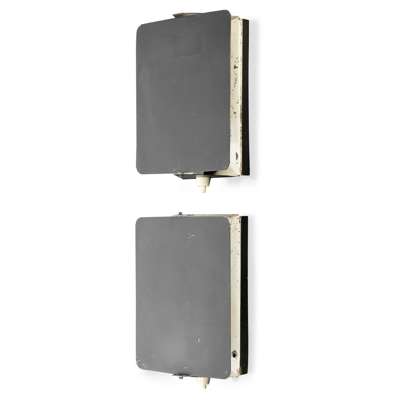
LOT 144
Charlotte Perriand (French 1903-1999)
Pair of CP1 Applique Lights, designed 1962-3
SOLD FOR £625
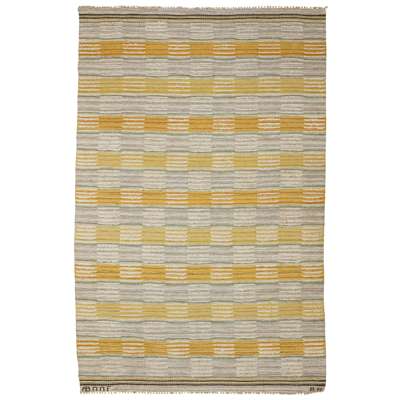
LOT 145
Barbro Nilsson (Swedish 1899-1983) for Märta Måås-Fjetterström
Schackrutig half pile rug, circa 1950
SOLD FOR £9,750

LOT 146
Rene Mathieu (French) for Lunel (attributed to)
'Diabolo' Articulated Wall Light
SOLD FOR £625
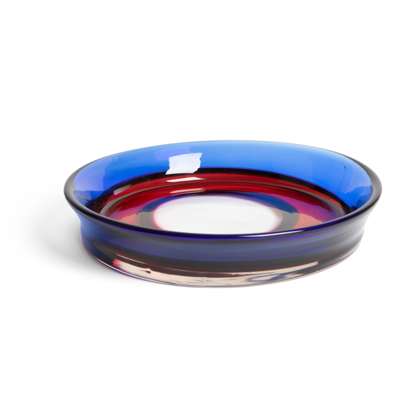
LOT 148
Archimede Seguso (Italian 1909-1999)
Bowl
SOLD FOR £275
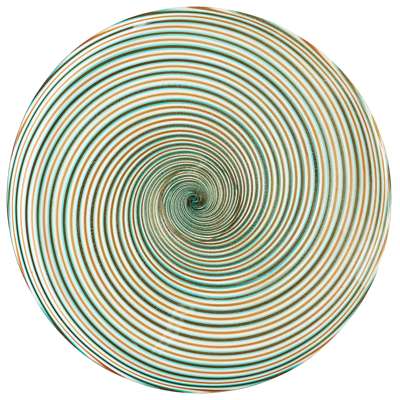
LOT 149
Ercole Barovier (Italian 1889-1974) for Barovier & Toso
'Spira Aurata' Charger
SOLD FOR £450
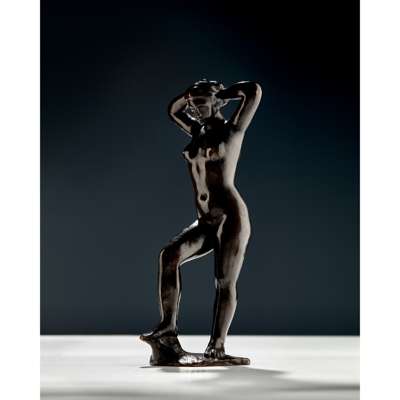
LOT 150
Aristide Maillol (French 1861-1944)
Baigneuse Se Coiffant
SOLD FOR £25,000
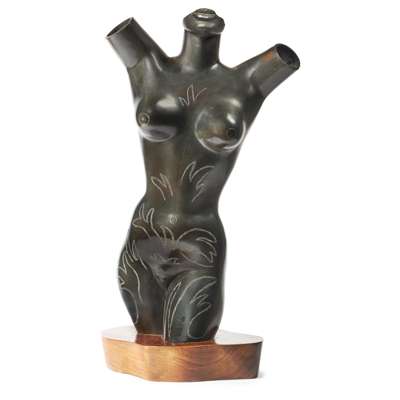
LOT 151
Leon Underwood (1890-1975)
June of Youth, circa 1934
SOLD FOR £8,750
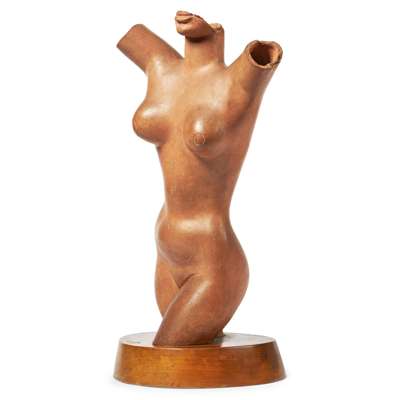
LOT 152
Leon Underwood (1890-1975)
June of Youth, 1938
SOLD FOR £4,250
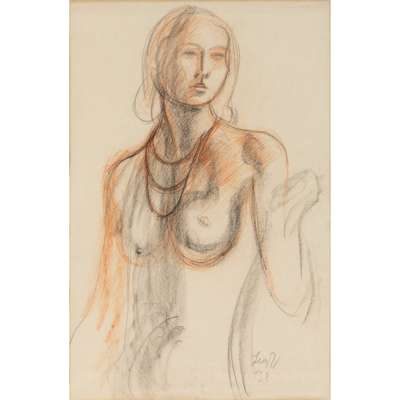
LOT 153
Leon Underwood (1890-1975)
Nude, 1938
SOLD FOR £875
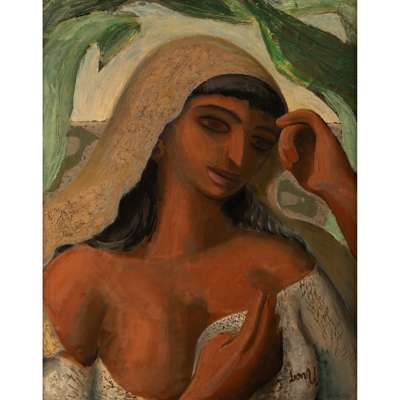
LOT 154
Leon Underwood (1890-1975)
Marina, 1930
SOLD FOR £6,000
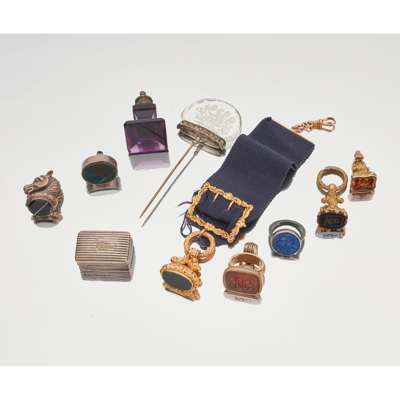
LOT 155
Edward Wolfe R.A. (South African/British 1897-1982)
Kenilworth, Cape Town, South Africa, 1957
SOLD FOR £1,875
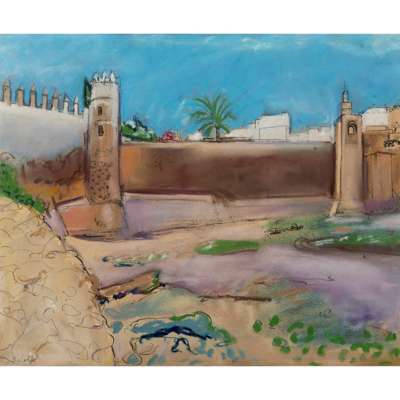
LOT 156
Edward Wolfe R.A. (South African/British 1897-1982)
Fez
SOLD FOR £425
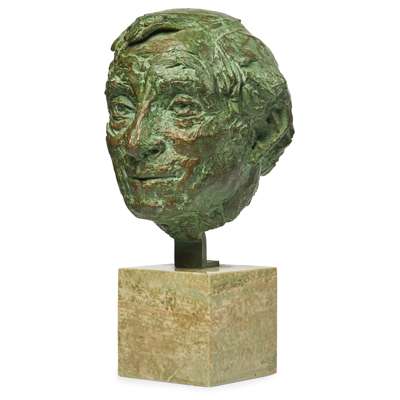
LOT 157
Gertrude Hermes (British 1901-1983)
Portrait of Edward Wolfe, 1969
SOLD FOR £875
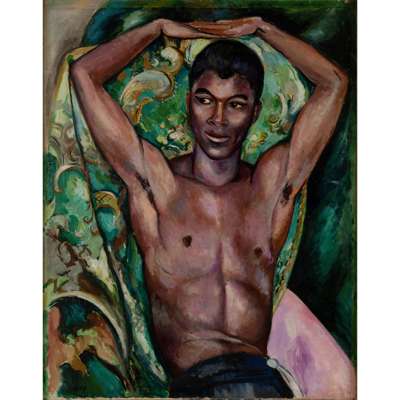
LOT 158
Edward Wolfe R.A. (South African/British 1897-1982)
Portrait of Pat Nelson, 1930s
SOLD FOR £118,750
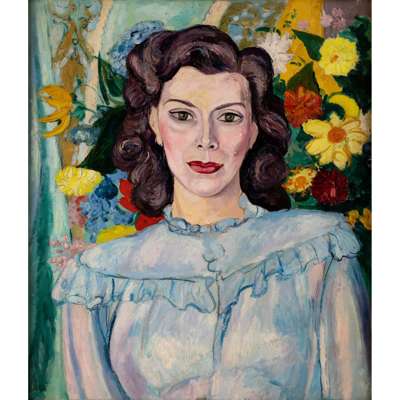
LOT 159
Edward Wolfe R.A. (South African/British 1897-1982)
Woman with flowers
SOLD FOR £3,250
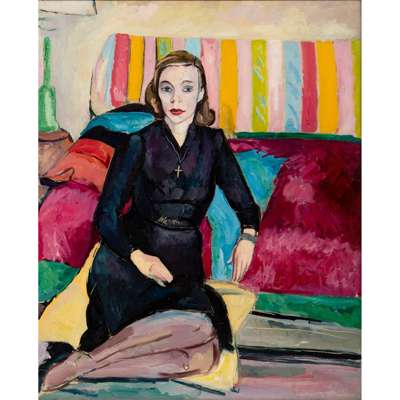
LOT 160
Edward Wolfe R.A. (South African/British 1897-1982)
Joanne Vaughan in Black Dress, 1942
SOLD FOR £4,000
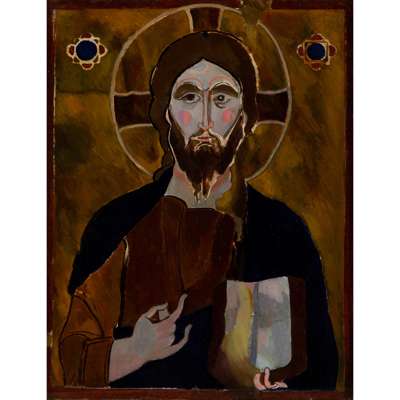
LOT 161
Edward Wolfe R.A. (South African/British 1897-1982)
Christ
SOLD FOR £1,250
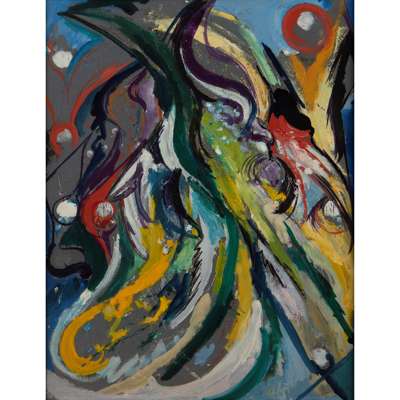
LOT 162
Edward Wolfe R.A. (South African/British 1897-1982)
Abstract
SOLD FOR £1,125
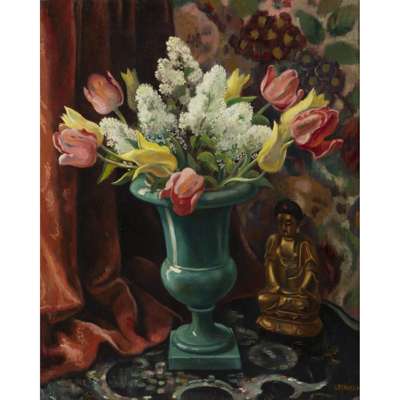
LOT 163
Adrian Allinson (British 1890-1959)
Still Life with Flowers and Statue
SOLD FOR £2,000
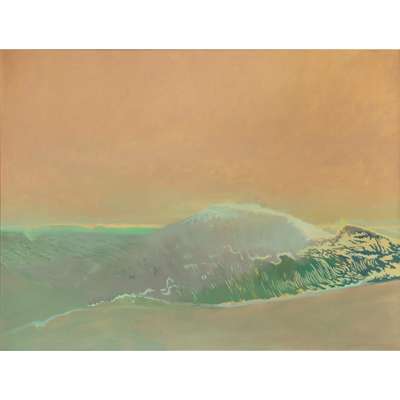
LOT 164
Edward Middleditch R.A. (British 1923-1987)
Wave, 1972-3
SOLD FOR £1,500
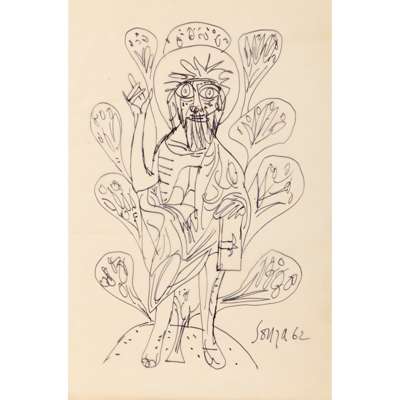
LOT 166
Francis Newton Souza (Indian 1924-2002)
Untitled (Christ), 1962
SOLD FOR £1,625
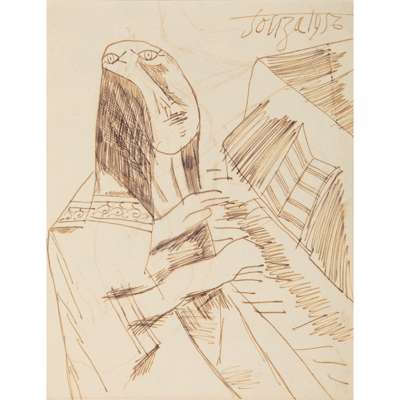
LOT 167
Francis Newton Souza (Indian 1924-2002)
The Pianist, 1956
SOLD FOR £2,000
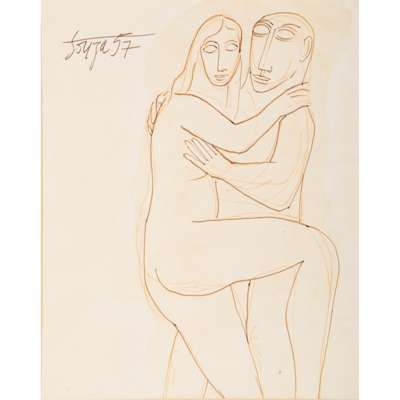
LOT 168
Francis Newton Souza (Indian 1924-2002)
Figures Embracing, 1957
SOLD FOR £1,500

LOT 169
Francis Newton Souza (Indian 1924-2002)
Female Nude, 1957
SOLD FOR £1,625

LOT 170
Francis Newton Souza (Indian 1924-2002)
Seated Nude, 1962
SOLD FOR £1,188
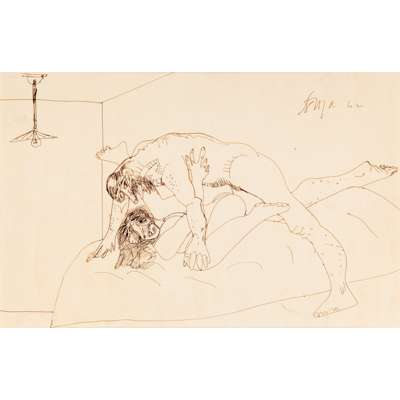
LOT 171
Francis Newton Souza (Indian 1924-2002)
Lovers, 1962
SOLD FOR £2,500
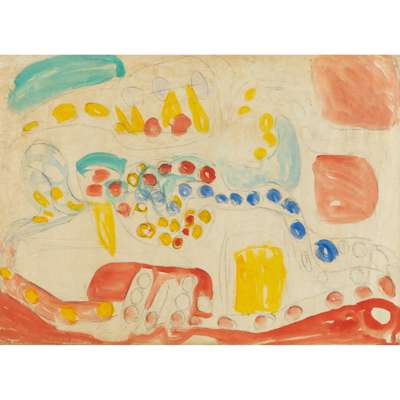
LOT 172
Gerald Wilde (British 1905-1986)
Series B, No. 64, 1955
SOLD FOR £400
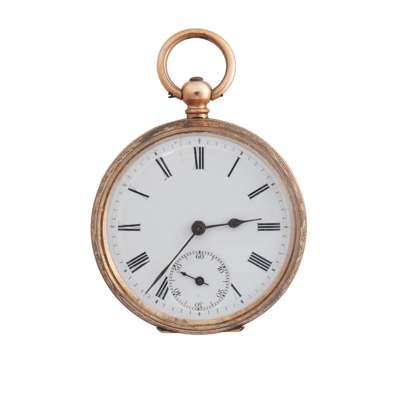
LOT 173
Gerald Wilde (British 1905-1986)
Series B, No.1, 1955
SOLD FOR £500
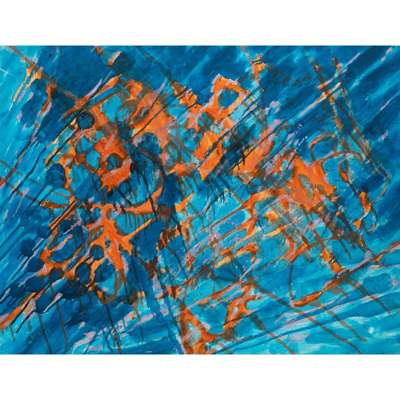
LOT 174
Stanley William Hayter (British 1901-1988)
Envol à l'Aube, 1959
SOLD FOR £3,250
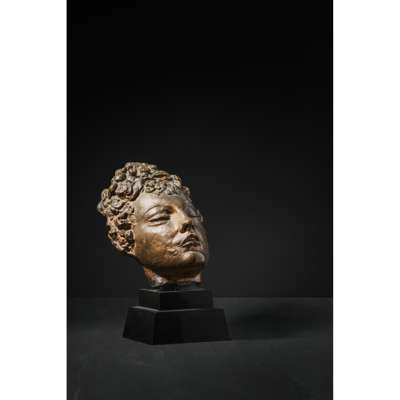
LOT 175
Sir Jacob Epstein K.B.E. (British 1880-1959)
Third Portrait of Meum (mask), conceived in 1918
SOLD FOR £3,750
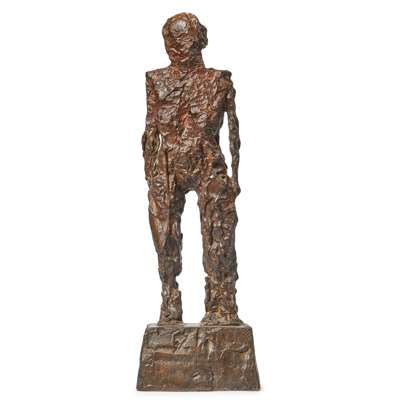
LOT 177
Robert Clatworthy (British 1928-2015)
Standing Figure IV, 1984
SOLD FOR £4,750

LOT 179
Sir Jacob Epstein K.B.E. (British 1880-1959)
Sixth Portrait of Kathleen, originally conceived 1941
SOLD FOR £5,000
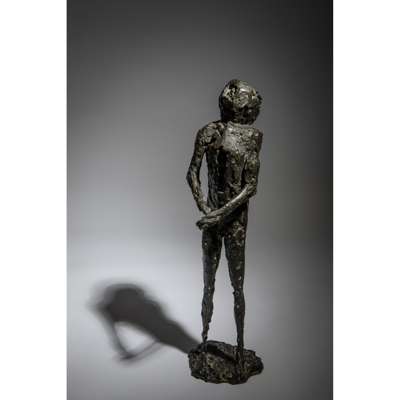
LOT 180
Dame Elisabeth Frink (British 1930-1993)
Sentinel III, circa 1960
SOLD FOR £30,000
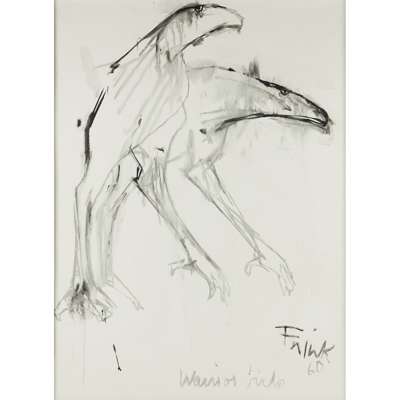
LOT 181
Dame Elisabeth Frink (British 1930-1993)
Warrior Birds, 1960
SOLD FOR £5,000
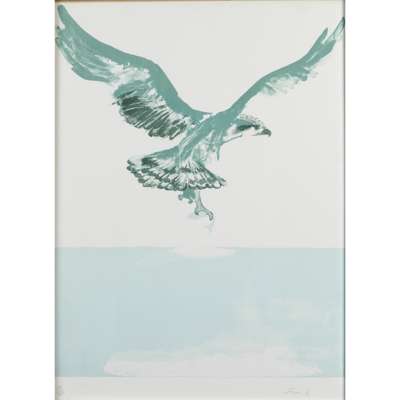
LOT 182
Dame Elisabeth Frink (British 1930-1993)
Osprey, 1974 (Wiseman 91)
SOLD FOR £2,750
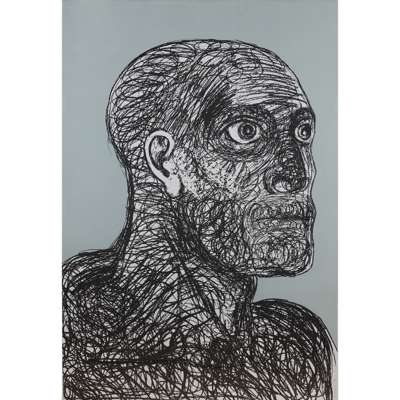
LOT 183
Dame Elisabeth Frink (British 1930-1993)
Head, 1988
SOLD FOR £5,500
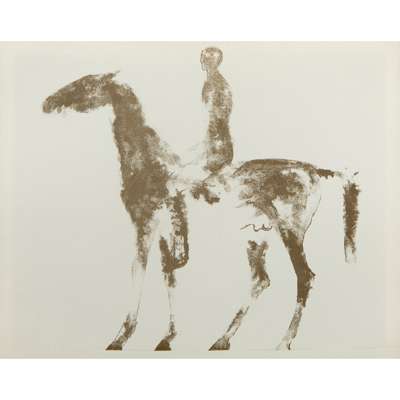
LOT 185
Dame Elisabeth Frink (British 1930-1993)
Horse and Rider, 1970
SOLD FOR £1,375
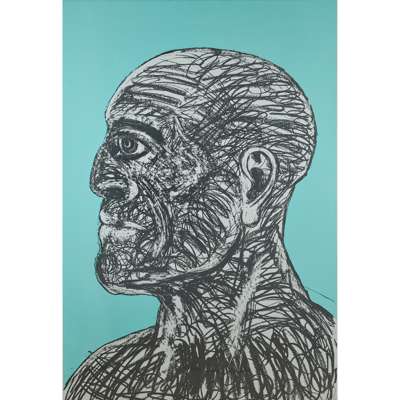
LOT 186
Dame Elisabeth Frink (British 1930-1993)
Head II, 1988
SOLD FOR £4,000
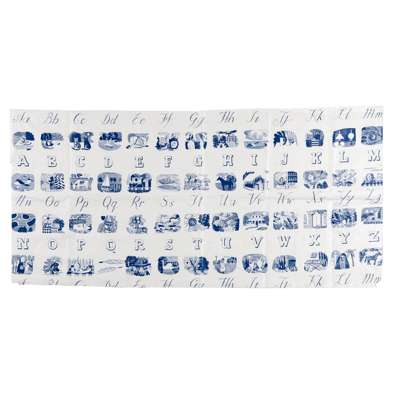
LOT 187
Kenneth Rowntree (British 1915-1997) for Edinburgh Weavers
Alphabet, designed 1958
SOLD FOR £625
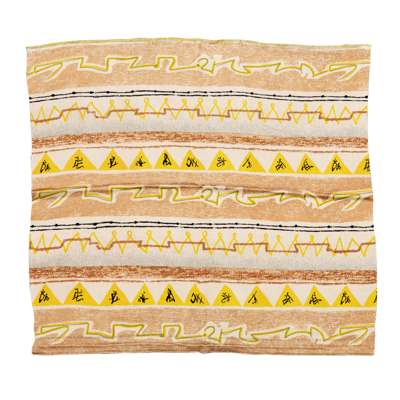
LOT 188
Henry Moore O.M.,C.H (British 1898-1986) for David Whitehead Ltd.
Triangles and Lines, designed 1954
SOLD FOR £450
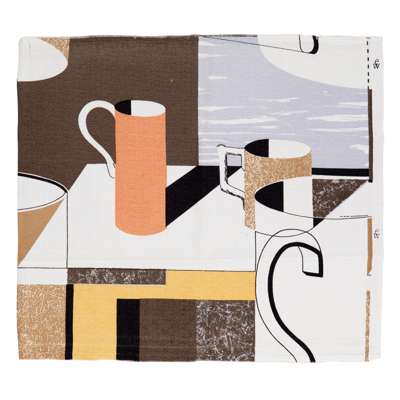
LOT 190
Kenneth Rowntree (British 1915-1997) for Edinburgh Weavers
Full Measure, designed 1956
SOLD FOR £475

LOT 191
Keith Vaughan (British 1912-1977) for Edinburgh Weavers
Fisherman, designed 1956
SOLD FOR £350

LOT 192
Philippe Jullian (French 1919-1977) for Ascher Ltd.
Scarf, designed 1947
SOLD FOR £400
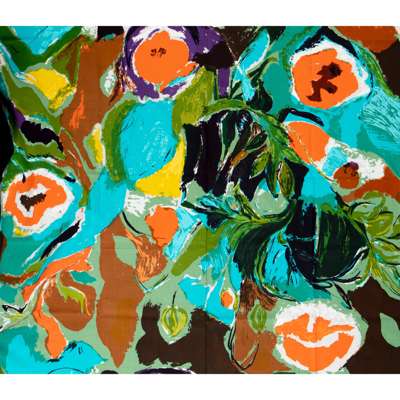
LOT 193
Ivon Hitchens (British 1893-1979) and John Hitchens (British 1940-) for Hull Traders
Summer Flowers, 1960s
SOLD FOR £450
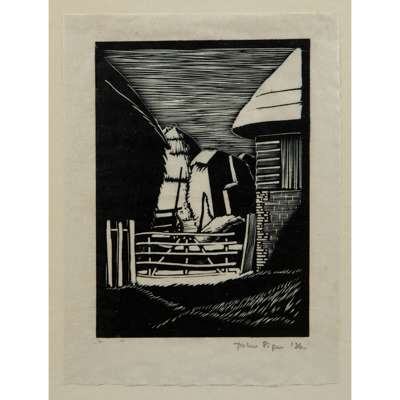
LOT 195
John Piper C.H. (British 1903-1992)
Farmyard Gate, 1926 (Levinson 5B)
SOLD FOR £1,500

LOT 196
John Piper C.H. (British 1903-1992) for David Whitehead
Denston
SOLD FOR £688

LOT 197
John Piper C.H. (British 1903-1992)
Vendee, Nr. Lucon, 1955
SOLD FOR £2,750

LOT 198
John Piper C.H. (British 1903-1992)
Foliate Heads
SOLD FOR £3,750

LOT 199
John Piper C.H. (British 1903-1992)
Montepulciano, Tuscany, 1950/53
SOLD FOR £3,000
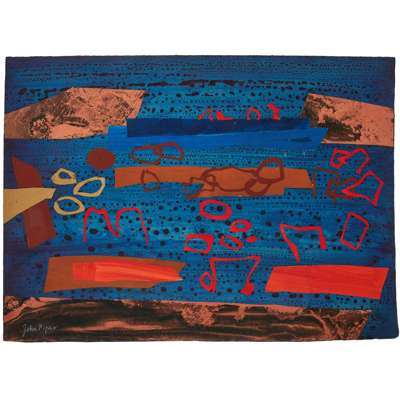
LOT 200
John Piper C.H. (British 1903-1992)
Ploumanach, Brittany, 1957
SOLD FOR £12,500
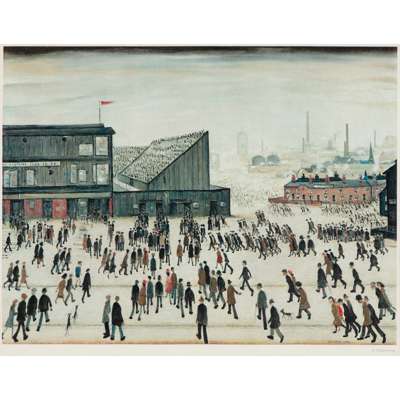
LOT 201
Laurence Stephen Lowry (British 1887-1976)
Going to the Match, 1972
SOLD FOR £28,750

LOT 202
Laurence Stephen Lowry (British 1887-1976)
The Harbour, 1972
SOLD FOR £1,875
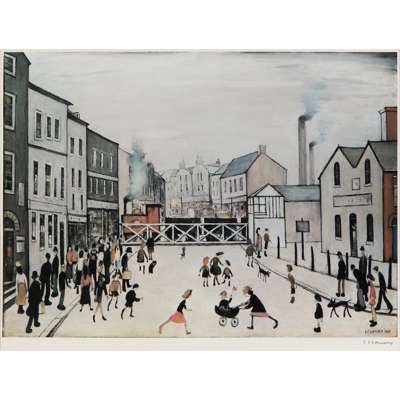
LOT 203
Laurence Stephen Lowry (British 1887-1976)
Level Crossing, Burton on Trent, 1972
SOLD FOR £5,500
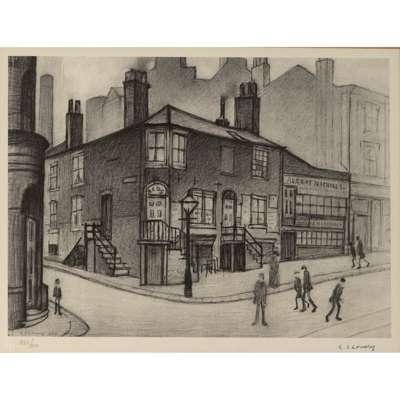
LOT 204
Laurence Stephen Lowry (British 1887-1976)
Great Ancoats Street
SOLD FOR £2,500
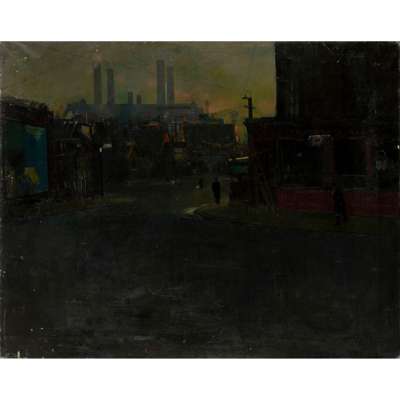
LOT 205
Christopher Chamberlain (British 1918-1984)
Watney Ales, Fulham
SOLD FOR £1,625

LOT 206
Christopher Chamberlain (British 1918-1984)
Still Life – Fruit Bowl on Corner of Chiffonier
SOLD FOR £3,000
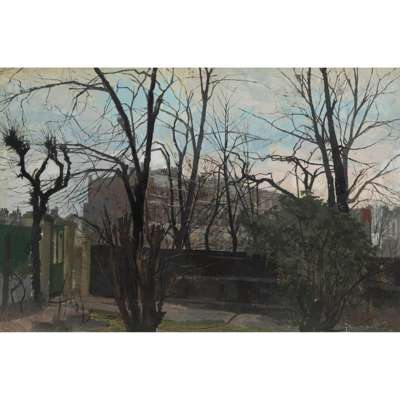
LOT 207
Heather Copley (British 1918-2001)
Front Garden, 402 Fulham Road, 1959
SOLD FOR £2,750
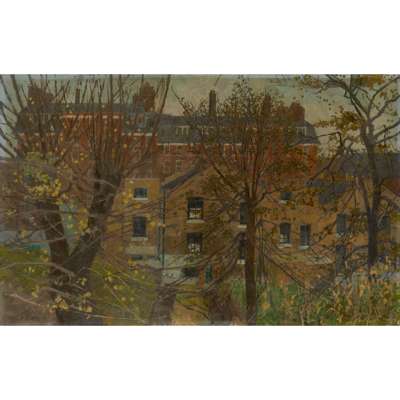
LOT 208
Heather Copley (British 1918-2001)
October, Wharton Street, London, 1969
SOLD FOR £1,750
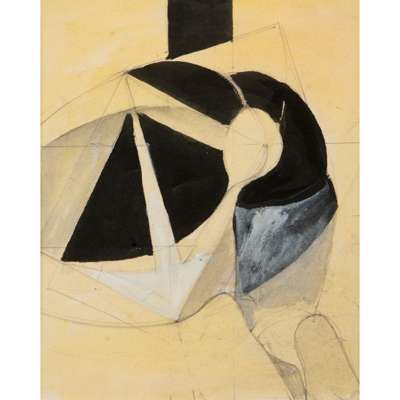
LOT 209
Adrian Heath (British 1920-1992)
Composition
SOLD FOR £875
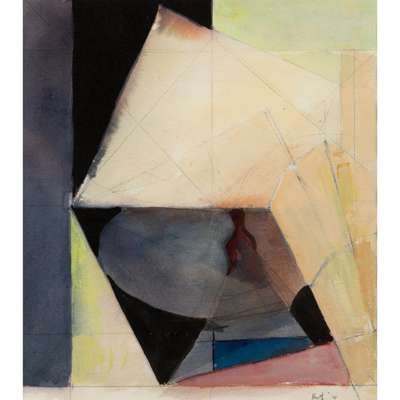
LOT 210
Adrian Heath (British 1920-1992)
Composition, 1978
SOLD FOR £2,000
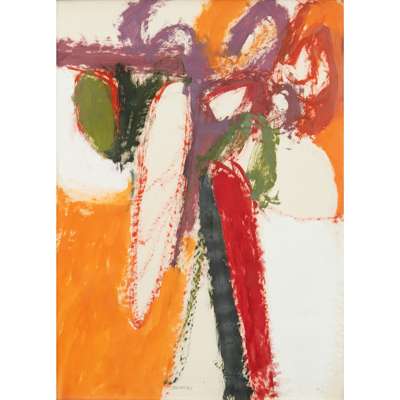
LOT 211
William Crozier (Irish 1930-2011)
Composition, 1961
SOLD FOR £5,000
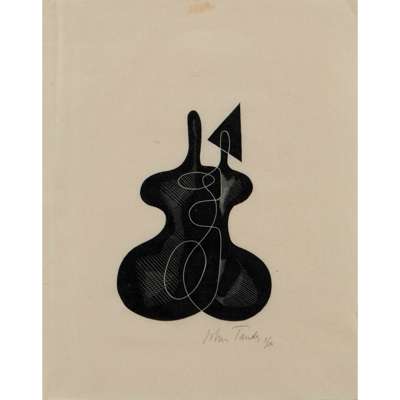
LOT 212
John Tandy (British 1905-1982)
Abstract, Provence 2
SOLD FOR £525
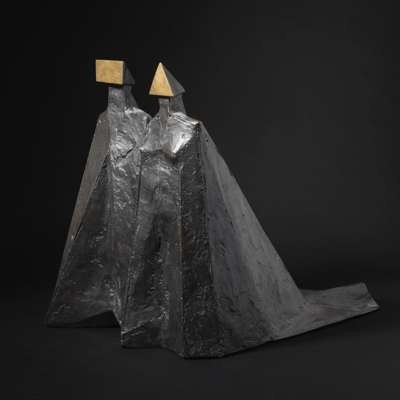
LOT 213
Lynn Chadwick C.B.E. R.A. (British 1914-2003)
Standing Couple, 1980
SOLD FOR £68,750
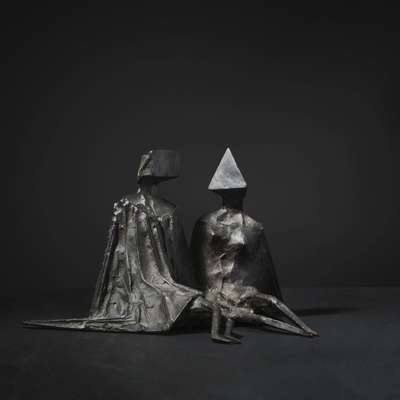
LOT 214
Lynn Chadwick C.B.E. R.A. (British 1914-2003)
Sitting Couple, 1975
SOLD FOR £65,000
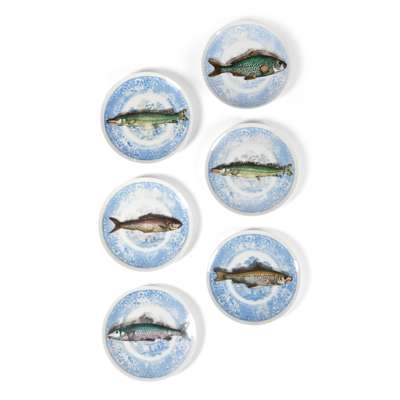
LOT 215
Piero Fornasetti (Italian 1913-1988)
Set of Six 'Piscibus' Trompe L'Oeil Plates
SOLD FOR £2,250
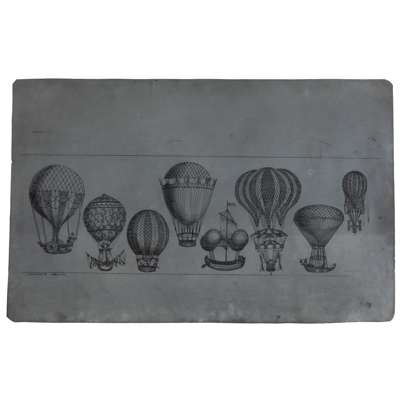
LOT 216
Piero Fornasetti (Italian 1913-1988)
Balloons, 1950s
SOLD FOR £625
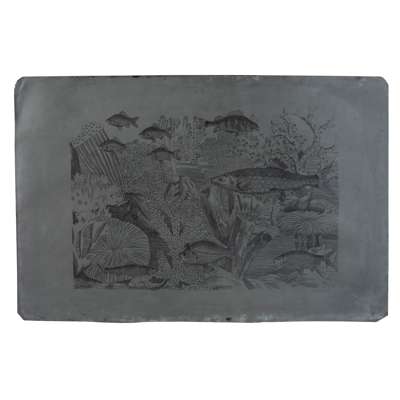
LOT 217
Piero Fornasetti (Italian 1913-1988)
Fish, 1950s
SOLD FOR £625
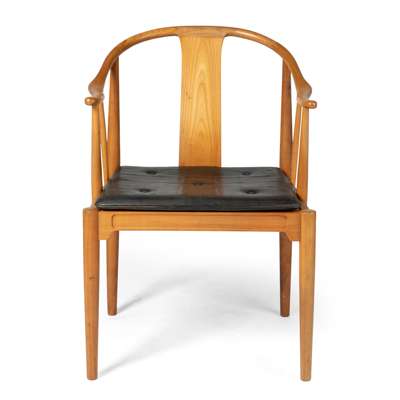
LOT 218
Hans Wegner (Danish 1914-2007) for Fritz Hansen
'China' Chair, designed 1944
SOLD FOR £1,375
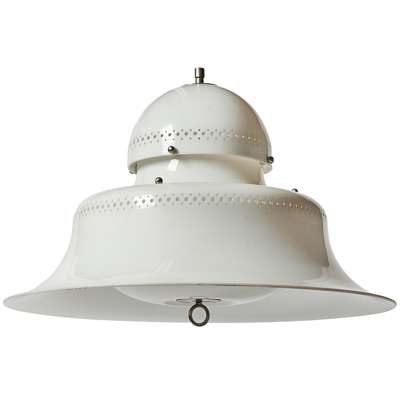
LOT 219
Sergio Asti (Italian b.1926-) for Kartell
KD14 Pendant Light, designed 1963
SOLD FOR £375
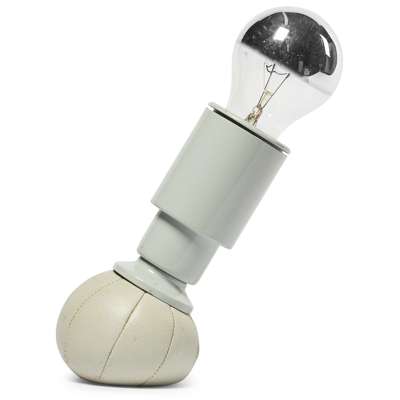
LOT 221
Gino Sarfatti (Italian 1912-1985) for Arteluce
'600G' Table Lamp
SOLD FOR £200
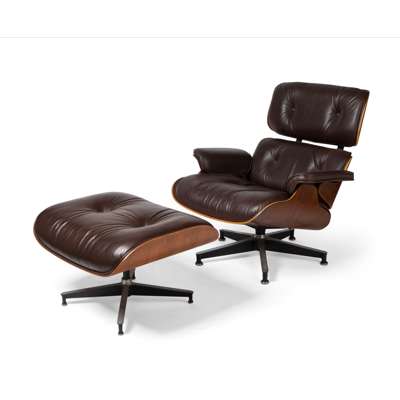
LOT 223
Charles and Ray Eames (American, 1907-1978, 1912-1988) for Herman Miller
Lounge Chair and Stool
SOLD FOR £7,250
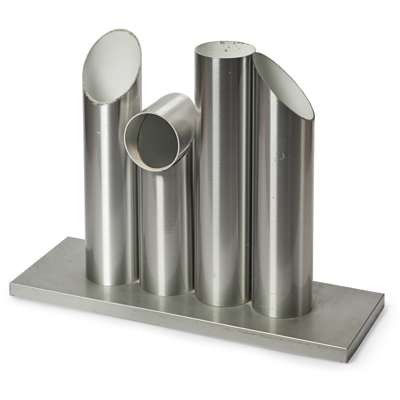
LOT 224
Maurice Grothausen (Dutch 1925-) for Raak
'Light Sculpture' Table / Floor Lamp, 1960s
SOLD FOR £500
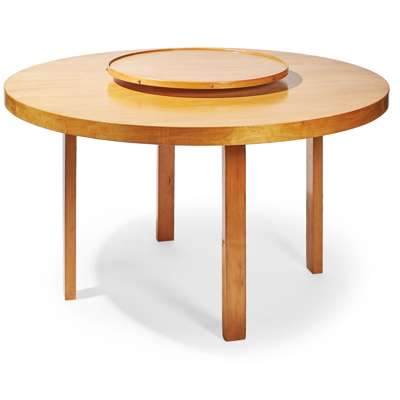
LOT 226
Alvar Aalto (Finnish 1898-1976) for Finmar
Table with Lazy Susan, designed 1933
SOLD FOR £3,250
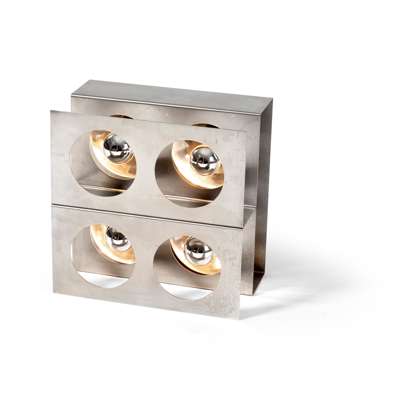
LOT 228
Roche Bobois, France
Sculptural Light, 1970s
SOLD FOR £375
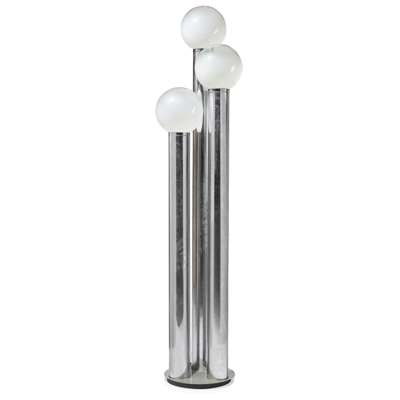
LOT 229
Mazzega (Manner of)
Floor Lamp
SOLD FOR £500
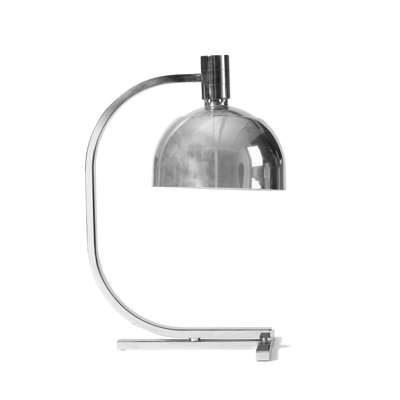
LOT 230
Franco Albini (Italian 1905-1977)
Table Lamp, designed 1969
SOLD FOR £525
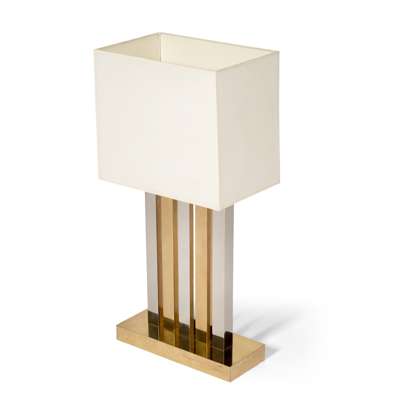
LOT 231
Italian
Table Lamp, 1970s
SOLD FOR £250
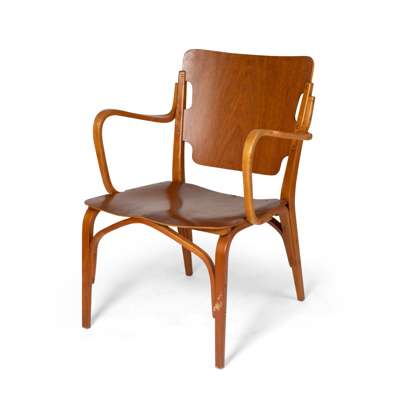
LOT 232
Carl-Axel Acking (Swedish 1910-2001) for SMF, Bodafors
Armchair, designed 1944
SOLD FOR £500

LOT 233
Pierre Paulin (French 1927-2009) for Thonet
Desk, designed 1953
SOLD FOR £2,250
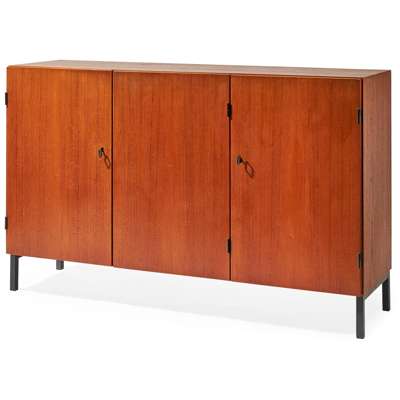
LOT 234
Herbert Hirche (German 1910-2002)
Highboard
SOLD FOR £600
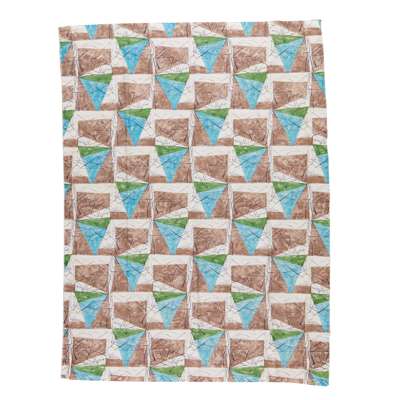
LOT 235
Pablo Picasso (Spanish 1881-1973) for Fuller Fabrics
Spring, designed 1955
SOLD FOR £475
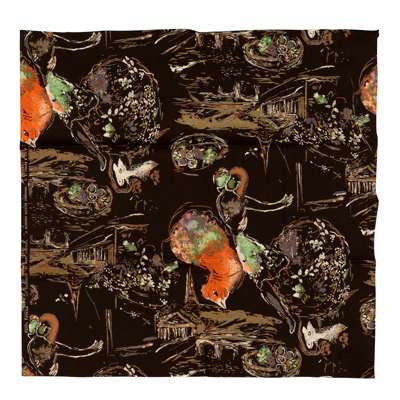
LOT 237
Marc Chagall (French 1887-1985) for Fuller Fabrics
Les Amoureux
SOLD FOR £300

LOT 238
Stilnovo
Ceiling Light, circa 1960
SOLD FOR £875

LOT 239
Gino Sarfatti (Italian 1912-1985) for Arteluce
Two Floor Lamps
SOLD FOR £2,125
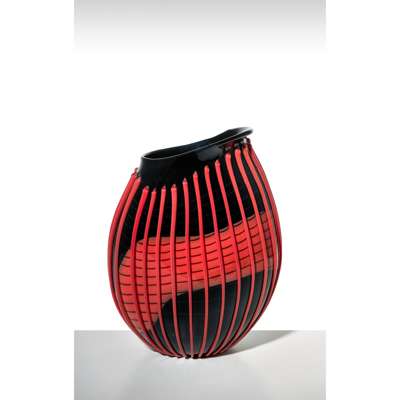
LOT 242
Lino Tagliapietra (Italian b.1934-)
Vase, circa 1995
SOLD FOR £4,500
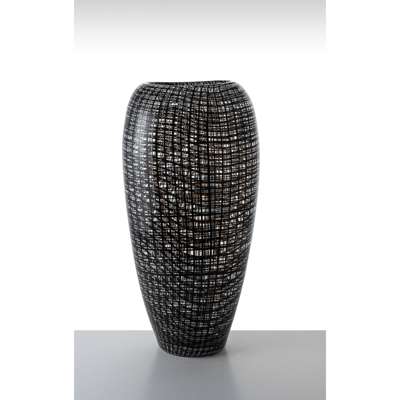
LOT 243
Lino Tagliapietra (Italian b.1934-)
'Tessuto' Vase, 1992
SOLD FOR £3,500
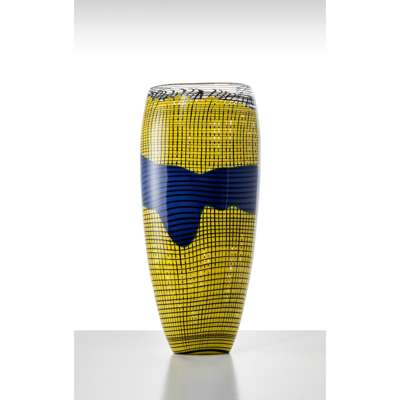
LOT 244
Lino Tagliapietra (Italian b.1934-)
'Tessuto' Vase, 1985
SOLD FOR £4,550
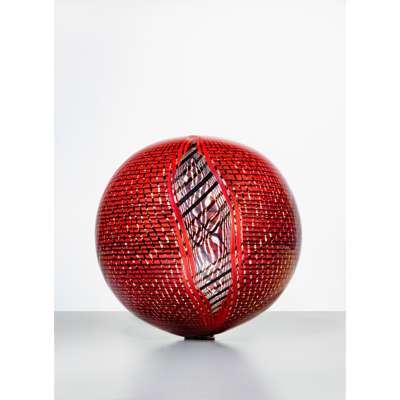
LOT 245
Lino Tagliapietra (Italian b.1934-)
Vase, 1995
SOLD FOR £5,500
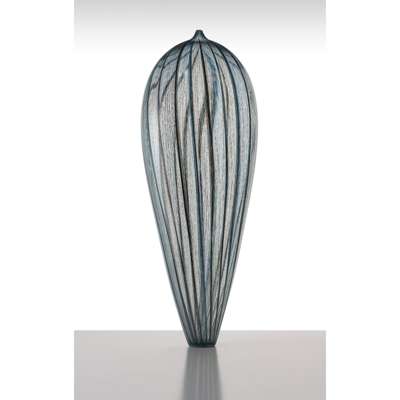
LOT 246
Lino Tagliapietra (Italian b.1934-)
Vase, 1990s
SOLD FOR £8,125
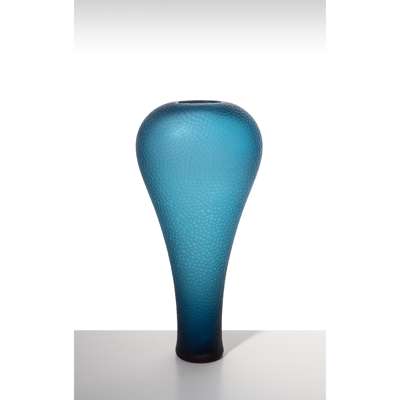
LOT 247
Lino Tagliapietra (Italian b.1934-)
Vase, 1993
SOLD FOR £1,875
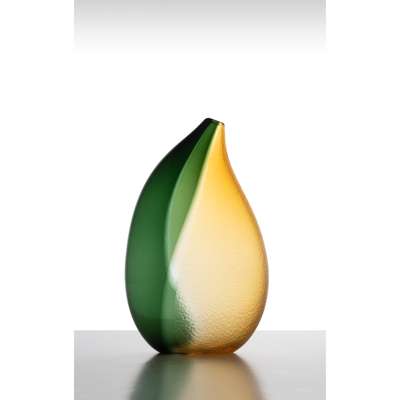
LOT 248
Lino Tagliapietra (Italian b.1934-)
Vase, 1990
SOLD FOR £2,250

LOT 249
Lino Tagliapietra (Italian b.1934-)
Vase, 1992
SOLD FOR £3,500
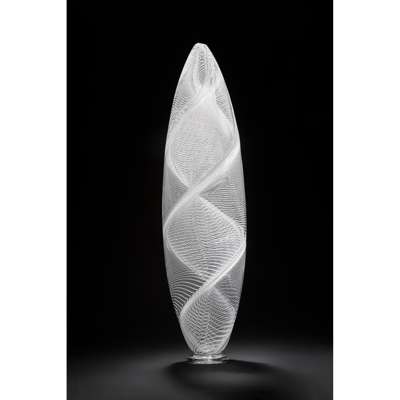
LOT 251
Lino Tagliapietra (Italian b.1934-)
'Spirale' Vase, 1990s
SOLD FOR £7,500
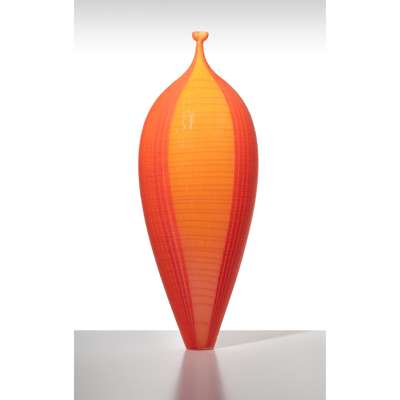
LOT 252
Lino Tagliapietra (Italian b.1934-)
'Foemina' Vase, 1985
SOLD FOR £15,000

LOT 256
Toots Zynsky (American b.1951-)
Vessel, circa 1994
SOLD FOR £12,500
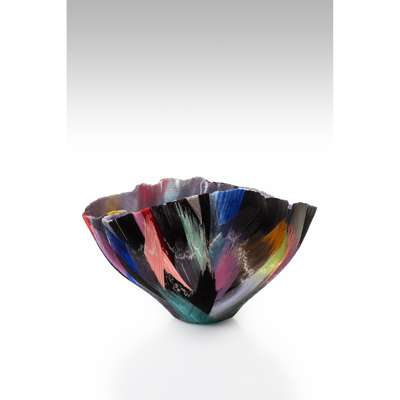
LOT 257
Toots Zynsky (American b.1951-)
Vessel, circa 1994
SOLD FOR £6,875
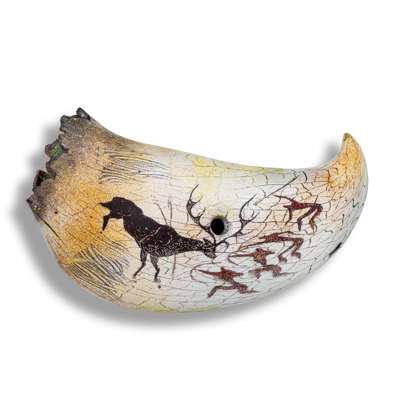
LOT 258
William Morris (American b.1957-)
Artifact Tooth, 1993
SOLD FOR £5,000
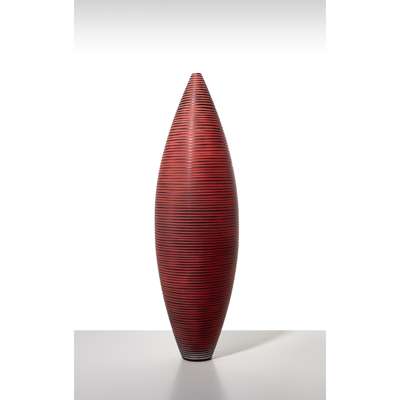
LOT 262
Philip Baldwin and Monica Guggisberg (American, b.1947 and Swiss, b.1955)
Vessel, 1998
SOLD FOR £2,500
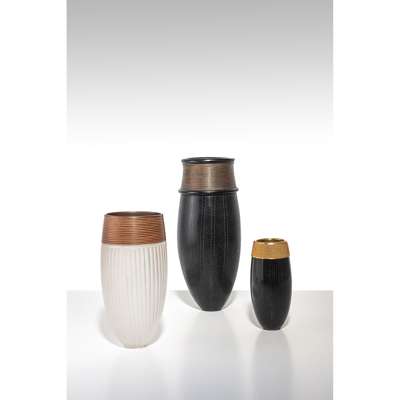
LOT 263
Anna Dickinson (British 1961-)
Three Vases, 1992,1993, and 1995
SOLD FOR £3,500

LOT 264
Steve Tobin (American b.1957-)
Cocoon, 1990-1995
SOLD FOR £3,750
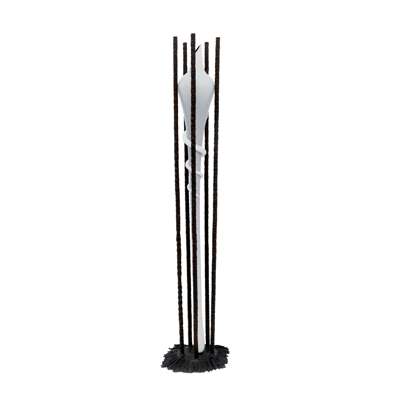
LOT 265
Steve Tobin (American b.1957-)
Cocoon, 1990-1995
SOLD FOR £3,500
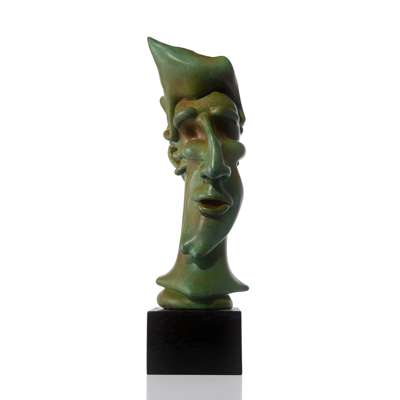
LOT 266
Richard Jolley (American b.1952-)
Crescent, 1992
SOLD FOR £6,875

LOT 267
Richard Jolley (American b.1952-)
Curious, 1993
SOLD FOR £5,000
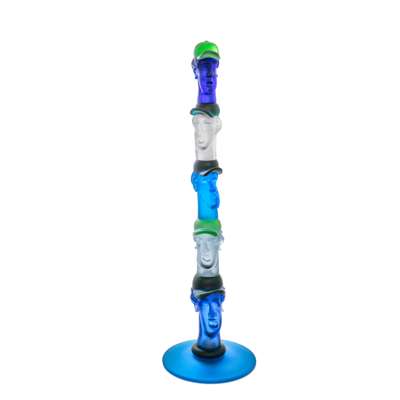
LOT 268
Richard Jolley (American b.1952-)
Five Views, 1997
SOLD FOR £6,250
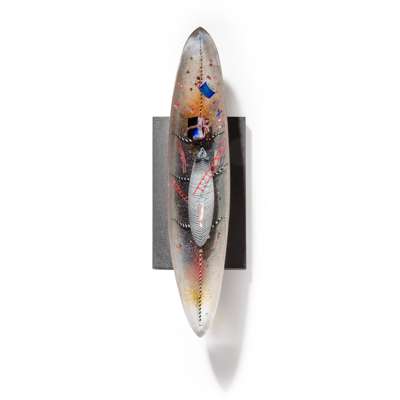
LOT 269
Bertil Vallien (Swedish b.1938-) for Kosta Boda
Boat
SOLD FOR £2,750
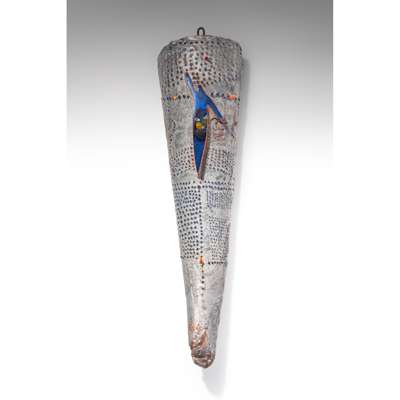
LOT 270
Bertil Vallien (Swedish b.1938-) for Kosta Boda
Wall Sculpture
SOLD FOR £1,625
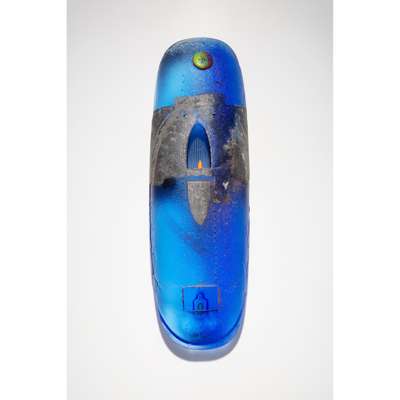
LOT 271
Bertil Vallien (Swedish b.1938-) for Kosta Boda
Wall Sculpture
SOLD FOR £1,125
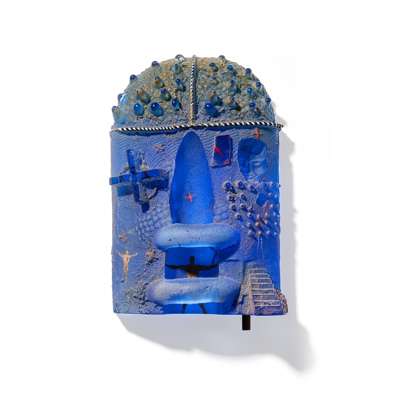
LOT 273
Bertil Vallien (Swedish b.1938-) for Kosta Boda
Portal
SOLD FOR £875
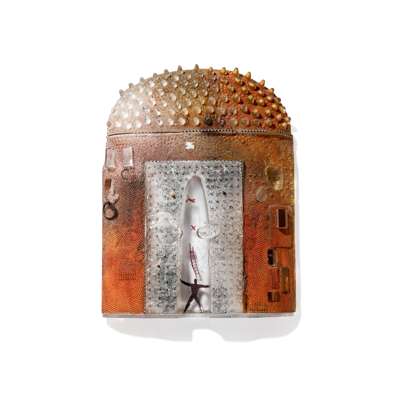
LOT 274
Bertil Vallien (Swedish b.1938-) for Kosta Boda
Portal
SOLD FOR £2,250
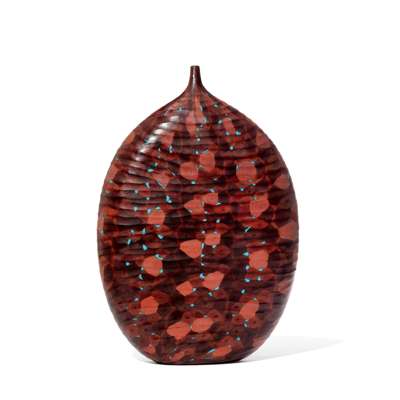
LOT 275
Massimo Micheluzzi (Italian 1957-)
Murrine Vase, 2004
SOLD FOR £3,000

LOT 276
Massimo Micheluzzi (Italian 1957-)
Vase, 2005
SOLD FOR £3,750

LOT 277
Dale Chihuly (American b.1941-)
'Sea-Form', 1985
SOLD FOR £4,750
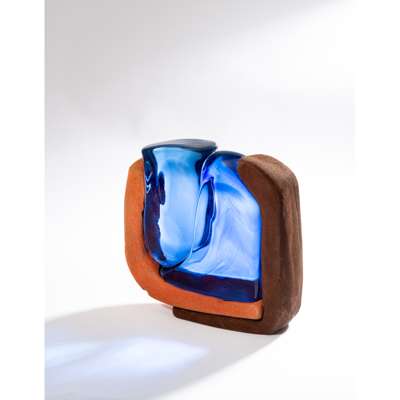
LOT 278
Xavier Carrere (French 1966-)
Sculpture, 2002
SOLD FOR £750
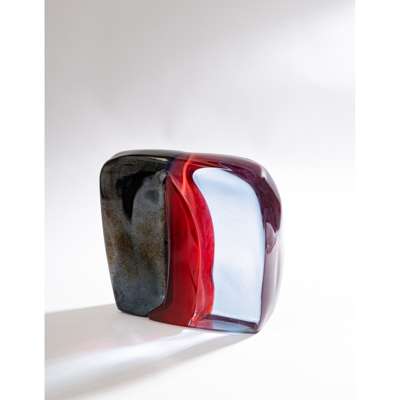
LOT 279
Xavier Carrere (French 1966-)
Sculpture, 2002
SOLD FOR £875
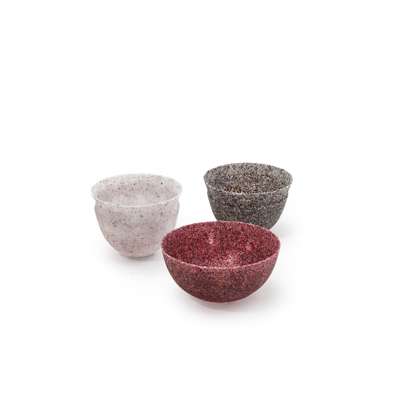
LOT 280
Margaret Alston (British 1956-)
Set of Three Bowls
SOLD FOR £563
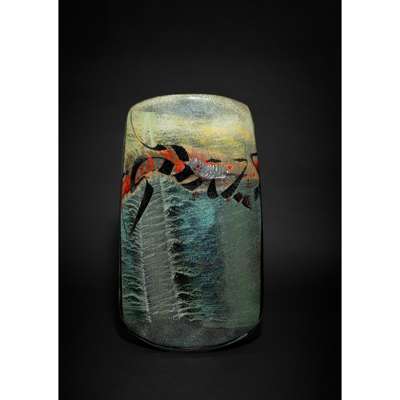
LOT 281
Alain and Marisa Begou (French 1945- and 1948-)
Vase, 2003
SOLD FOR £2,125
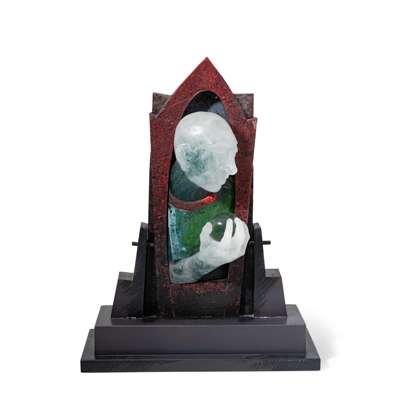
LOT 282
David Reekie (British 1947-)
In the Near Future, 1990
SOLD FOR £3,000
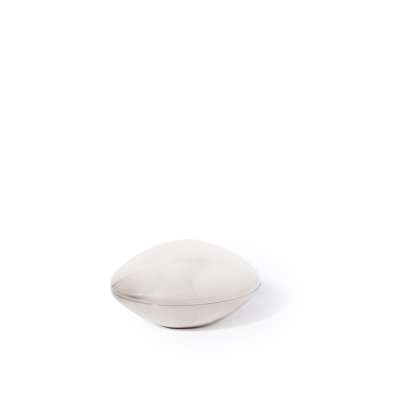
LOT 283
Henning Koppel (Danish 1918-1981) for Georg Jensen
Box and Cover
SOLD FOR £550
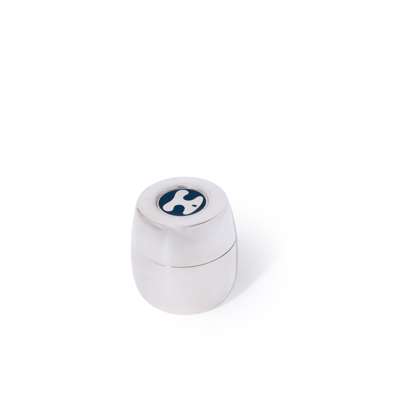
LOT 284
Henning Koppel (Danish 1918-1981) for Georg Jensen
Tea Caddy
SOLD FOR £600
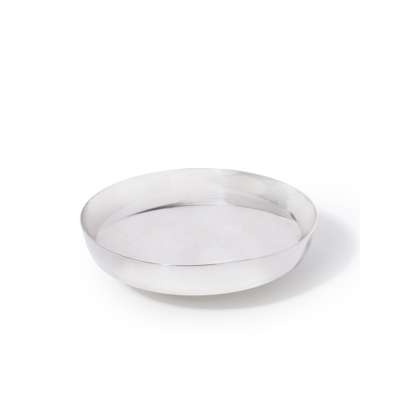
LOT 285
Henning Koppel (Danish 1918-1981) for Georg Jensen
Footed Bowl
SOLD FOR £400
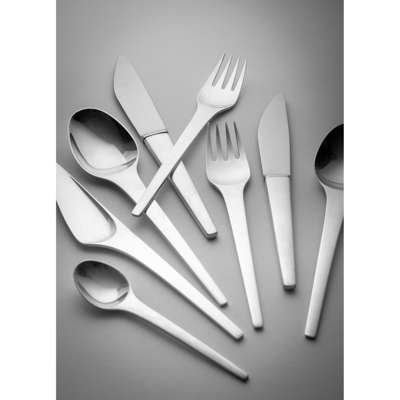
LOT 286
Henning Koppel (Danish 1918-1981) for Georg Jensen
Caravel Flatware Service
SOLD FOR £5,500

LOT 287
Henning Koppel (Danish 1918-1981) for Georg Jensen
'Amoeba' Bracelet
SOLD FOR £875
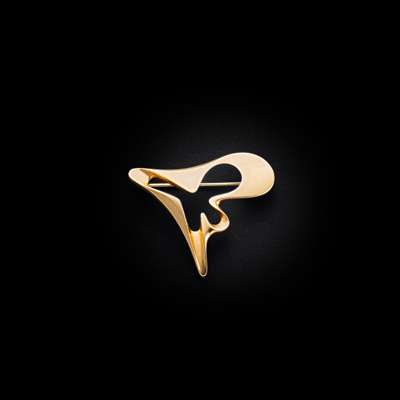
LOT 2892
Henning Koppel (Danish 1918-1981) for Georg Jensen
'Splash' Brooch
SOLD FOR £1,000
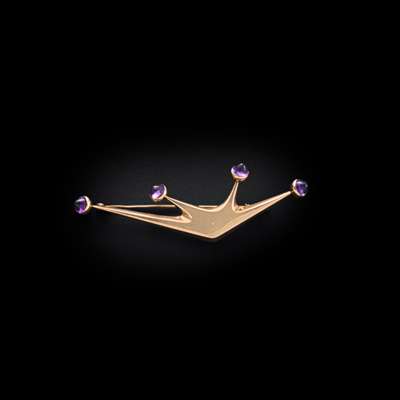
LOT 290
Bent Knudsen (Danish 1924-)
Brooch
SOLD FOR £525

LOT 292
Bent Gabrielsen (Danish 1928-) for Georg Jensen
Bracelet
SOLD FOR £425
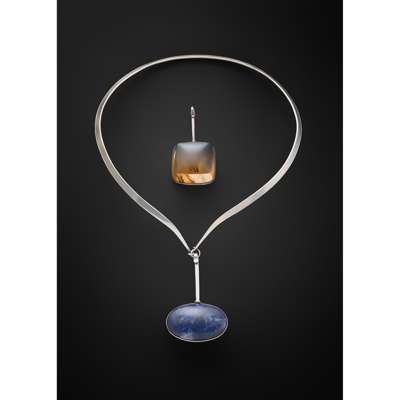
LOT 293
Vivianna Torun Bülow-Hübe (Swedish 1927-2004) for Georg Jensen
Collar Necklace
SOLD FOR £2,000
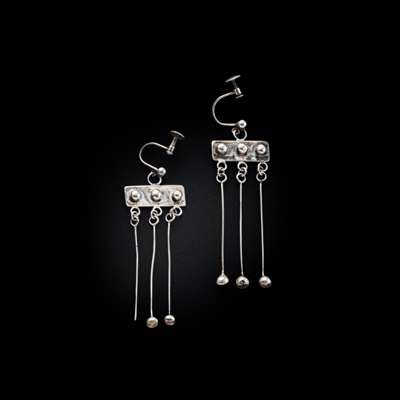
LOT 294
Alan Davie C.B.E., R.A., H.R.S.A. (British 1920-2014)
Pair of Earrings
SOLD FOR £625
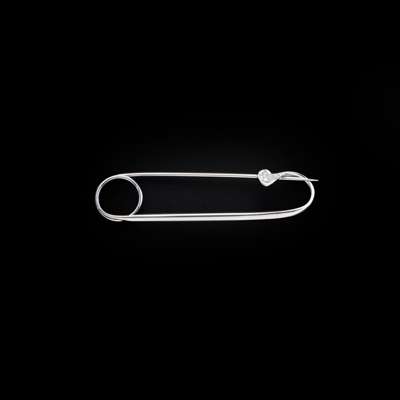
LOT 2952
Georg Jensen Ltd.
Safety Pin Brooch
SOLD FOR £425
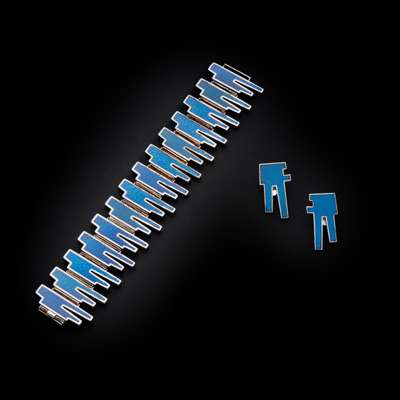
LOT 299
Bente Bonne (Danish 1929-1996) for Georg Jensen
Pair of Earrings and Bracelet
SOLD FOR £1,875
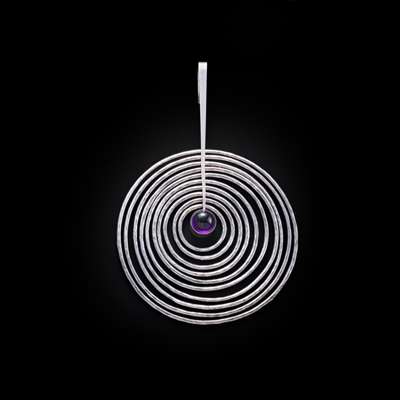
LOT 300
Bent Gabrielsen (Danish 1928-) for Georg Jensen
Pendant Drop
SOLD FOR £750
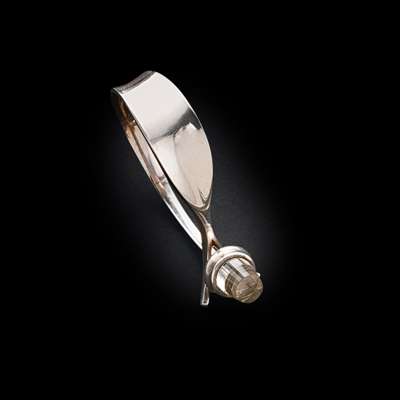
LOT 301
Vivianna Torun Bülow-Hübe (Swedish 1927-2004) for George Jensen
Watch
SOLD FOR £2,125
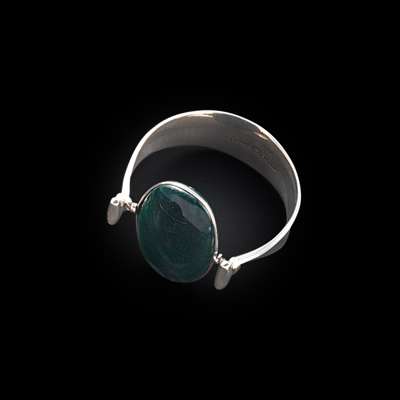
LOT 302
Vivianna Torun Bülow-Hübe (Swedish 1927-2004) for Georg Jensen
Bracelet
SOLD FOR £875
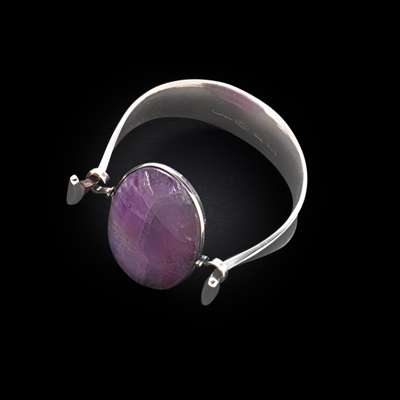
LOT 303
Vivianna Torun Bülow-Hübe (Swedish 1927-2004) for Georg Jensen
Bracelet
SOLD FOR £1,000
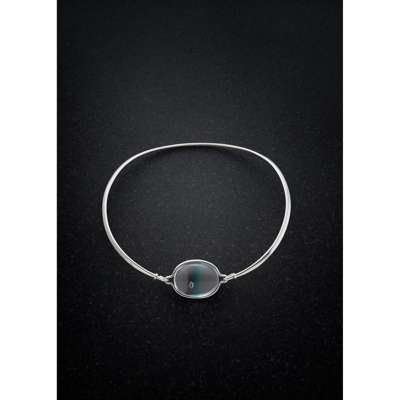
LOT 304
Vivianna Torun Bülow-Hübe (Swedish 1927-2004) for Georg Jensen
Choker Necklace with Glass
SOLD FOR £1,750
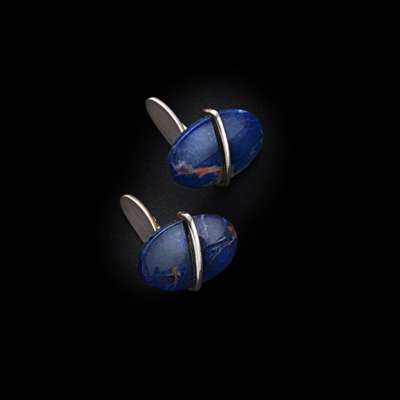
LOT 305
Vivianna Torun Bülow-Hübe (Swedish 1927-2004) for Georg Jensen
Pair of Sodalite Cufflinks
SOLD FOR £450
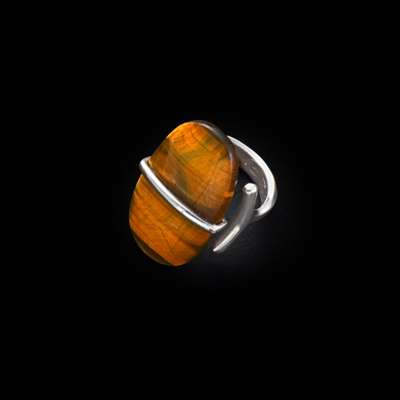
LOT 306
Vivianna Torun Bülow-Hübe (Swedish 1927-2004) for Georg Jensen
Tigers Eye Ring, model number 190
SOLD FOR £938
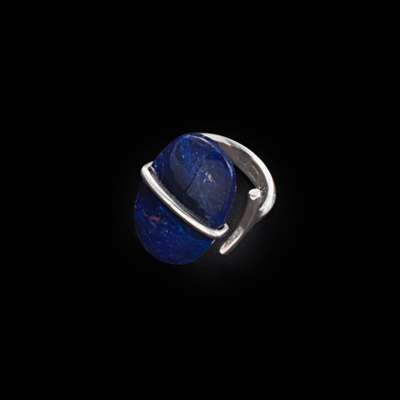
LOT 307
Vivianna Torun Bülow-Hübe (Swedish 1927-2004) for Georg Jensen
Sodalite Ring
SOLD FOR £1,000
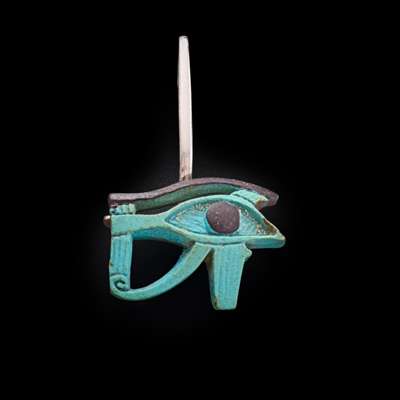
LOT 308
Vivianna Torun Bülow-Hübe (Swedish 1927-2004)
Eye of Horus Pendant Drop, 2002
SOLD FOR £1,375
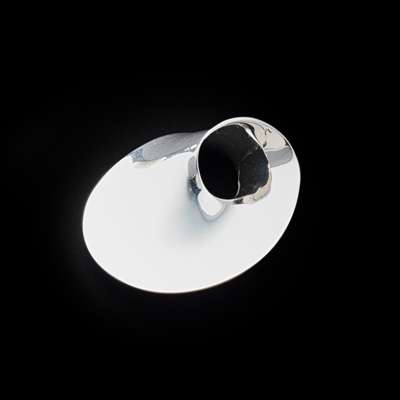
LOT 309
Vivianna Torun Bülow-Hübe (Swedish 1927-2004) for Georg Jensen
Brooch
SOLD FOR £375
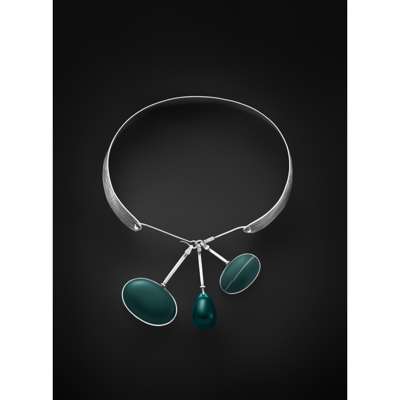
LOT 310
Vivianna Torun Bülow-Hübe (Swedish 1927-2004)
Collar Necklace with Three Pendant Drops
SOLD FOR £4,500
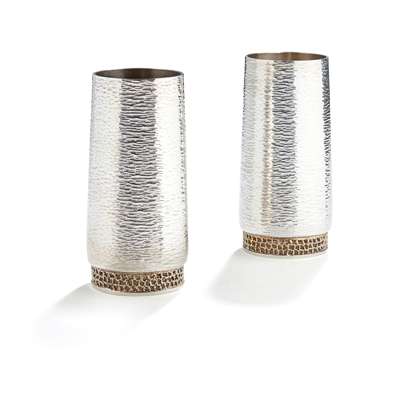
LOT 313
Stuart Devlin A.O. C.M.G. (Australian/British 1931-2018)
Pair of Beakers, London 1978
SOLD FOR £813
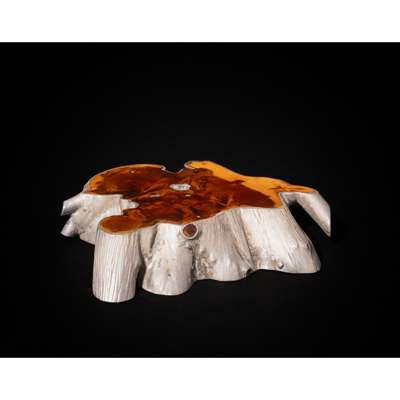
LOT 3142
Ross Morgan (British 20th Century)
Desk Weight
SOLD FOR £813
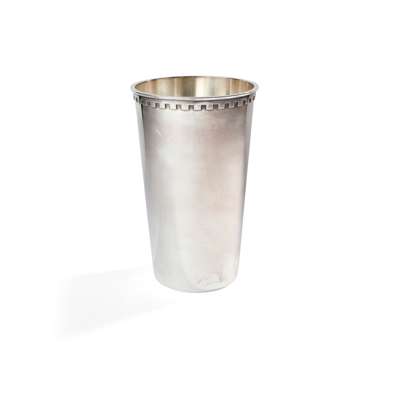
LOT 315
Sigvard Bernadotte (Swedish 1907-2002) for Georg Jensen
Vase
SOLD FOR £813
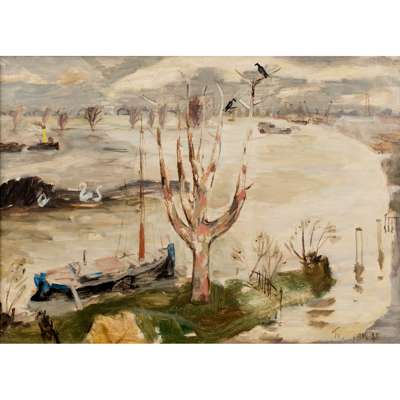
LOT 3172
Julian Trevelyan (British 1910-1988)
The River Thames Flooded at Chiswick, 1945
SOLD FOR £16,250
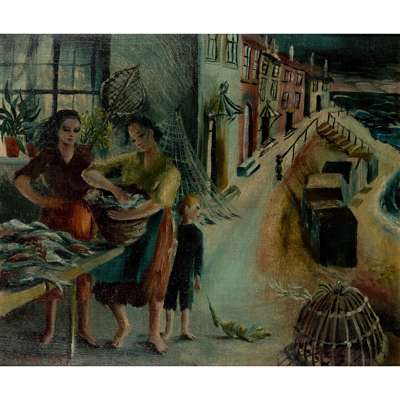
LOT 318
Mary Fedden O.B.E. R.A. R.W.A. (British 1915-2012)
Fisherwoman, 1947
SOLD FOR £14,375
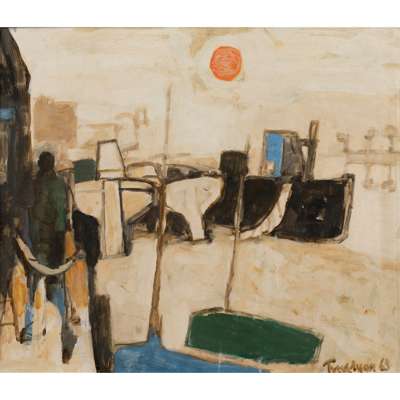
LOT 319
Julian Trevelyan (British 1910-1988)
Barges at Durham Wharf, Hammersmith, 1963
SOLD FOR £11,875
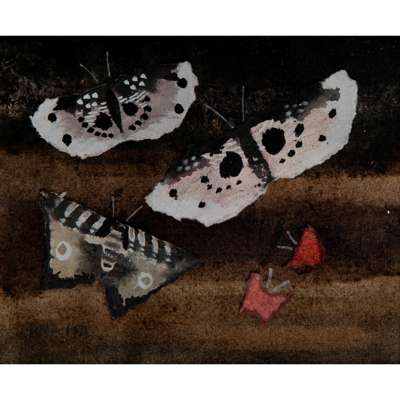
LOT 320
Mary Fedden O.B.E. R.A. R.W.A. (British 1915-2012)
Mauve Moths, 1974
SOLD FOR £4,500
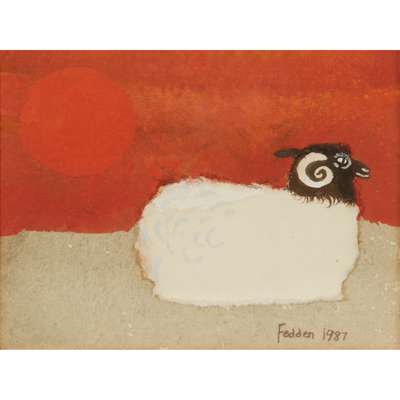
LOT 321
Mary Fedden O.B.E. R.A. R.W.A. (British 1915-2012)
Sheep, 1987
SOLD FOR £3,000
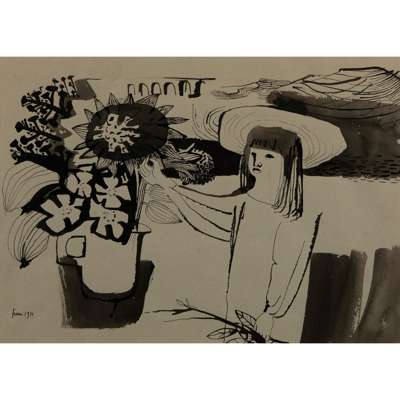
LOT 322
Mary Fedden O.B.E. R.A. R.W.A. (British 1915-2012)
Girl with Plant, 1971
SOLD FOR £2,375

LOT 323
Mary Fedden O.B.E. R.A. R.W.A. (British 1915-2012)
Still Life with Jug and Fruit, 1973
SOLD FOR £10,625

LOT 324
Mary Fedden O.B.E. R.A. R.W.A. (British 1915-2012)
Hyacinth, 1975
SOLD FOR £4,500

LOT 325
Mary Fedden O.B.E. R.A. R.W.A. (British 1915-2012)
Julian's Mug, 1975
SOLD FOR £28,750
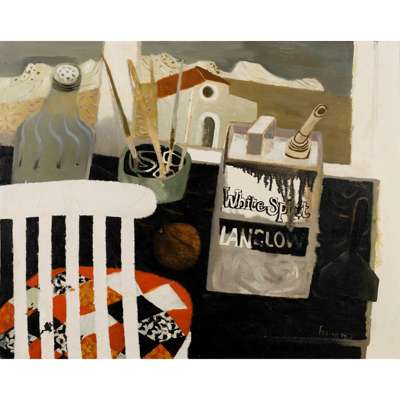
LOT 326
Mary Fedden O.B.E. R.A. R.W.A. (British 1915-2012)
The Etching Table, 1975
SOLD FOR £17,500
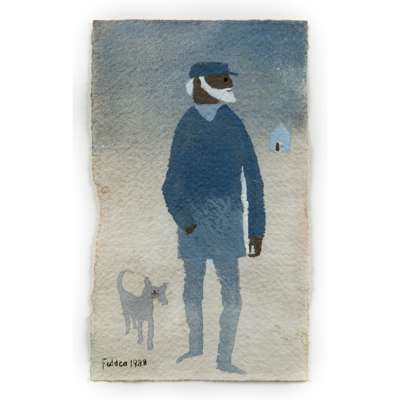
LOT 327
Mary Fedden O.B.E. R.A. R.W.A. (British 1915-2012)
Trevelyan with Dog, 1988
SOLD FOR £4,750
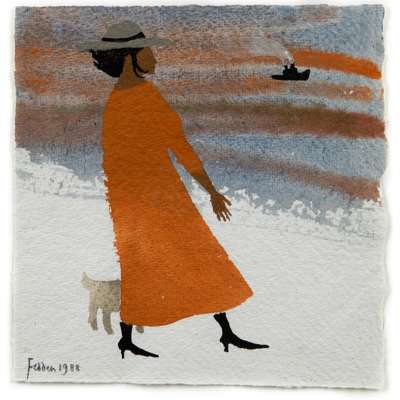
LOT 328
Mary Fedden O.B.E. R.A. R.W.A. (British 1915-2012)
Woman and Dog by the Sea, 1988
SOLD FOR £4,250
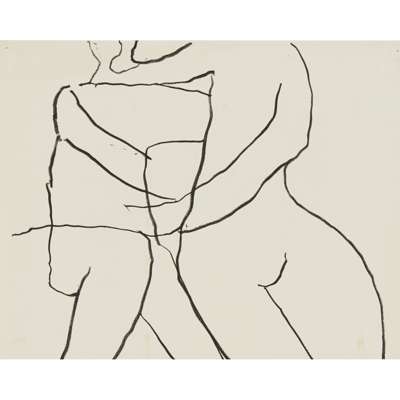
LOT 330
Roger Hilton C.B.E. (British 1911-1975)
Two Figures
SOLD FOR £3,000
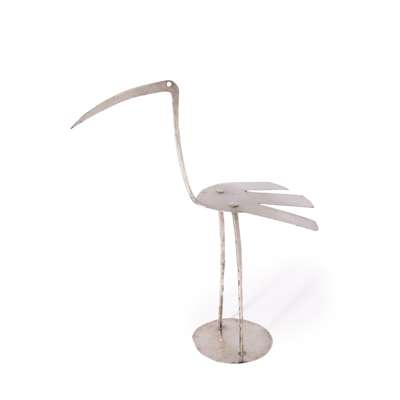
LOT 331
Bryan Illsley (British 1937 - 2024)
Bird, 1984
SOLD FOR £1,625

LOT 332
Simeon Stafford (British b.1956-)
Punch and Judy
SOLD FOR £1,625
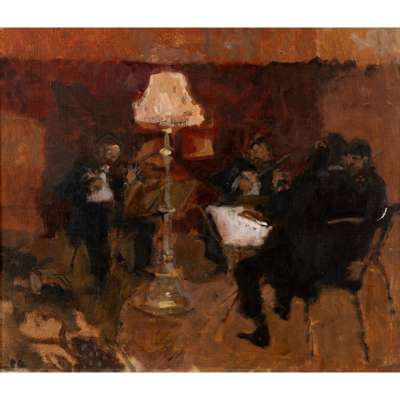
LOT 336
Bernard Dunstan R.A. (British 1920-2017)
Schubert Quartet I, circa 1985
SOLD FOR £1,625
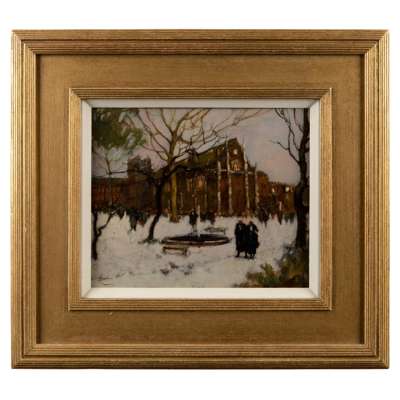
LOT 337
Ken Howard R.A. O.B.E. (British 1932-)
Dora
SOLD FOR £6,875
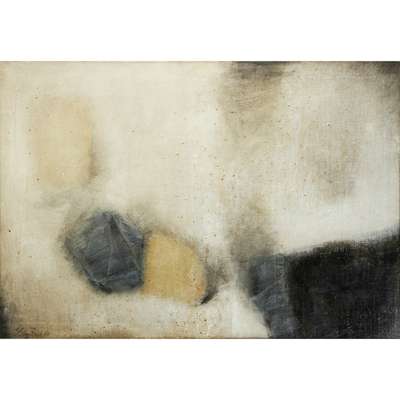
LOT 338
Leon Zack (French / Russian 1892-1980)
Composition, 1961
SOLD FOR £6,000
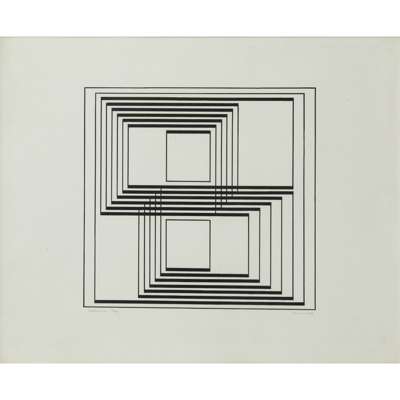
LOT 339
Josef Albers (American/German 1888-1976)
Seclusion, 1942
SOLD FOR £2,750
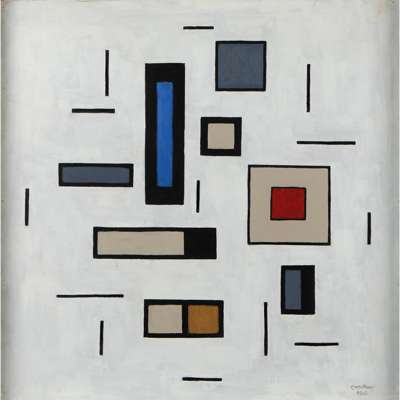
LOT 340
Derek Carruthers (British 1935-)
Composition, 1962
SOLD FOR £7,500
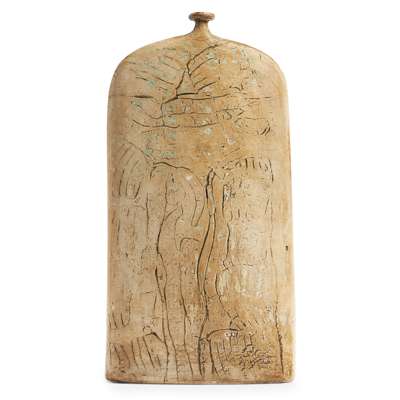
LOT 341
Peter Hayes (British 1946-)
Vase, 2004
SOLD FOR £275
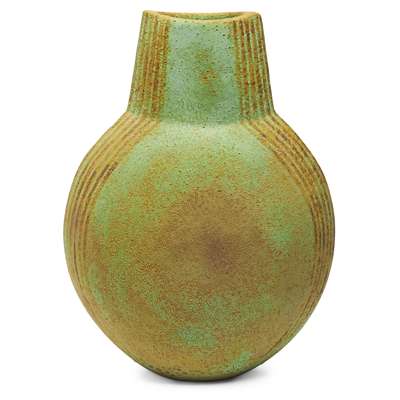
LOT 342
John Ward (British 1938-)
Vessel
SOLD FOR £2,750
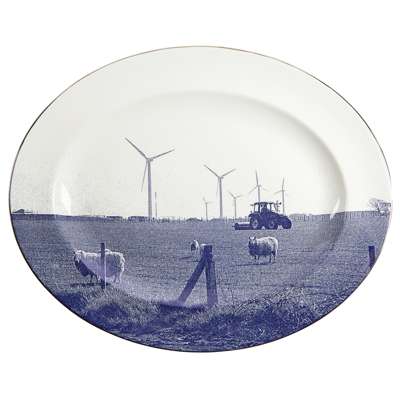
LOT 343
Paul Scott (British 1953-)
Cumbrian Blues Plate: Watchtree No. 2, 2003
SOLD FOR £450
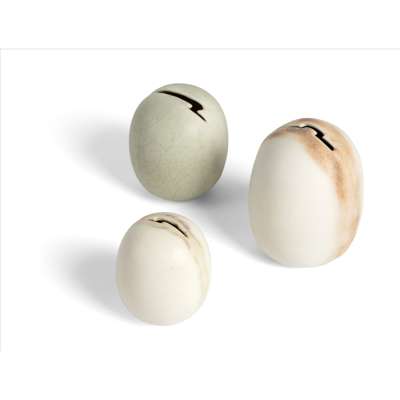
LOT 344
Val Barry (British 1937-2018)
Three 'Egg' Vessels
SOLD FOR £250
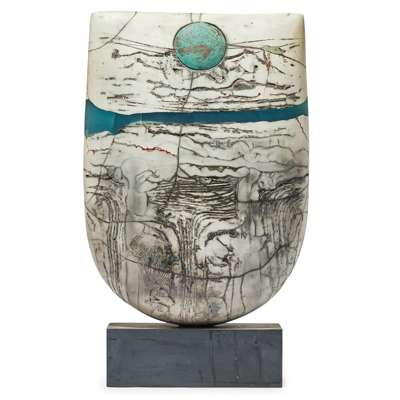
LOT 345
Peter Hayes (British 1946-)
Bow with Blue Disc, 2007
SOLD FOR £1,625
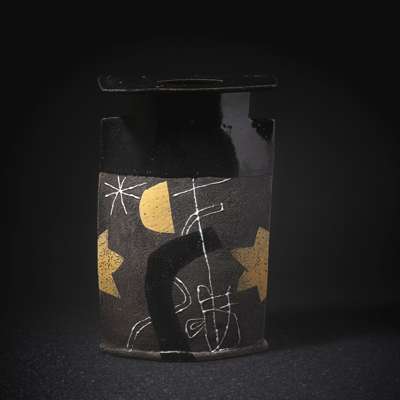
LOT 346
John Maltby (British 1936-)
Vessel
SOLD FOR £813
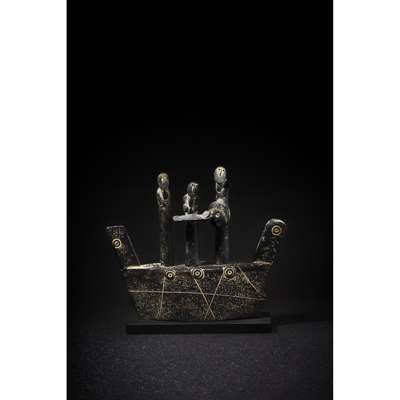
LOT 347
John Maltby (British 1936-)
Boat Family
SOLD FOR £1,375
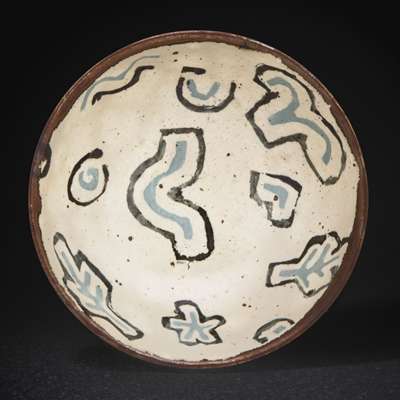
LOT 348
John Maltby (British 1936-2020)
Bowl
SOLD FOR £250

LOT 349
John Maltby (British 1936-)
Fishing Family (St. Ives), 2005
SOLD FOR £2,250

LOT 350
Mo Jupp (British 1938-2018)
Standing Figure
SOLD FOR £688
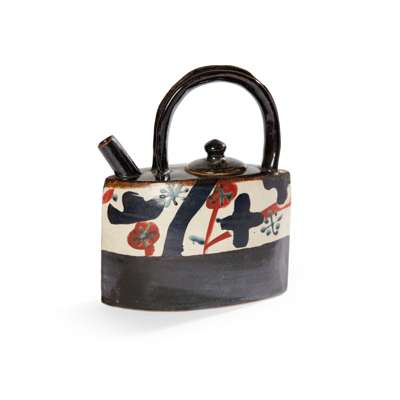
LOT 351
John Maltby (British 1936-)
Teapot
SOLD FOR £625
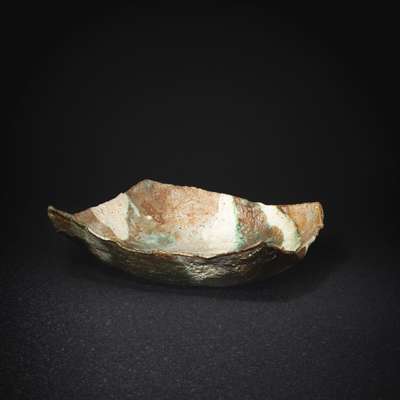
LOT 354
Ewen Henderson (British 1934-2000)
Bowl Form
SOLD FOR £1,063
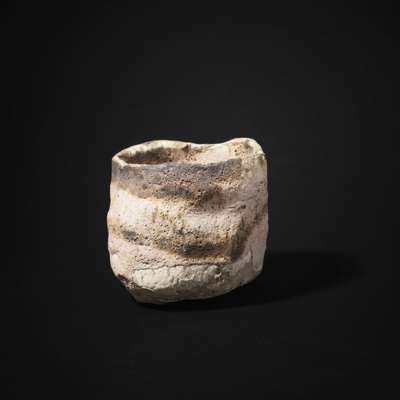
LOT 355
Ewen Henderson (British 1934-2000)
Tea Bowl
SOLD FOR £550
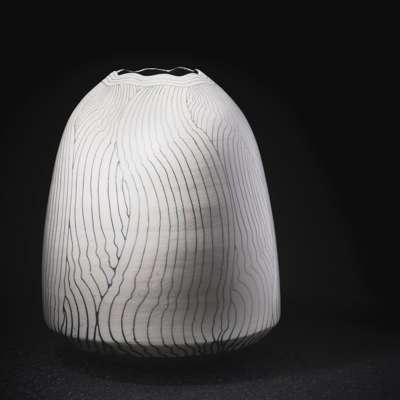
LOT 356
David Roberts (British 1947-)
'Weeping Landscape' Vase, 2011
SOLD FOR £1,000

LOT 357
Edmund De Waal (British 1964-)
Jar and Cover
SOLD FOR £5,000
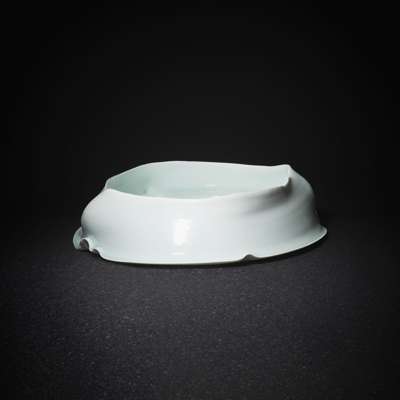
LOT 358
Yoshikawa Masamichi (Japanese 1946-)
Bowl Form
SOLD FOR £1,500
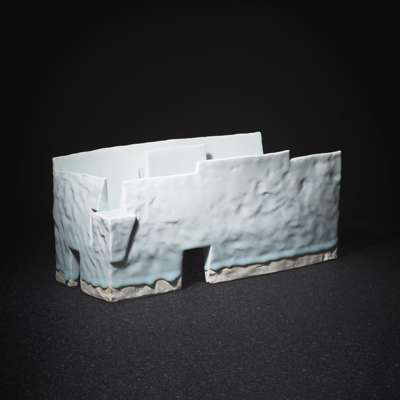
LOT 359
Yoshikawa Masamichi (Japanese 1946-)
Kayho
SOLD FOR £3,500
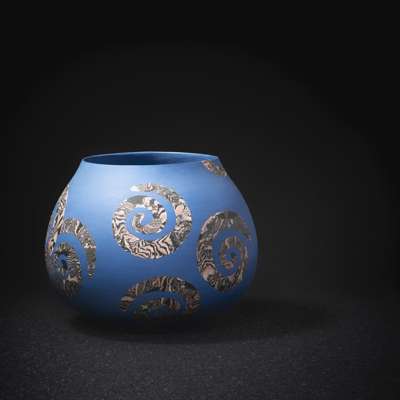
LOT 360
Felicity Aylieff (British 1954-)
Vase
SOLD FOR £750
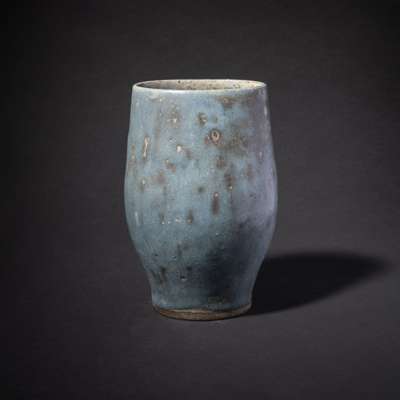
LOT 361
Dame Lucie Rie D.B.E. (British 1902-1995)
Vase
SOLD FOR £11,250
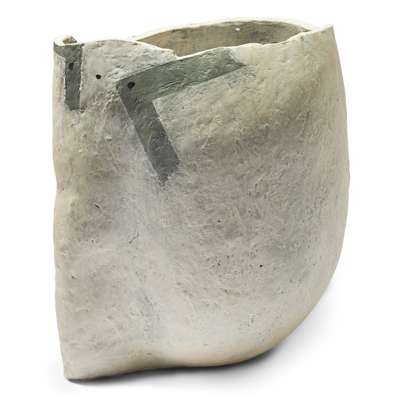
LOT 363
Gordon Baldwin O.B.E. (British 1932-)
Open To The Sky II, 2008
SOLD FOR £1,750

LOT 365
Peter Collingwood O.B.E. (British 1922-2008)
Rug
SOLD FOR £1,063
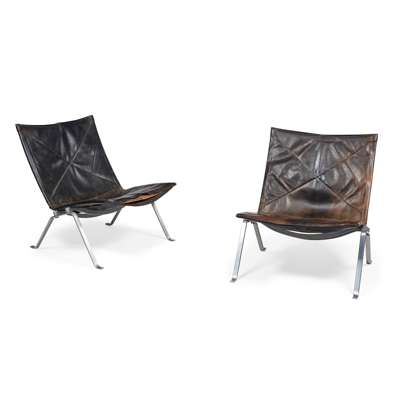
LOT 367
Poul Kjaerholm (Danish 1929-1980) for E. Kold Christensen, Denmark
Pair of PK22 Lounge Chairs, circa 1960
SOLD FOR £3,000
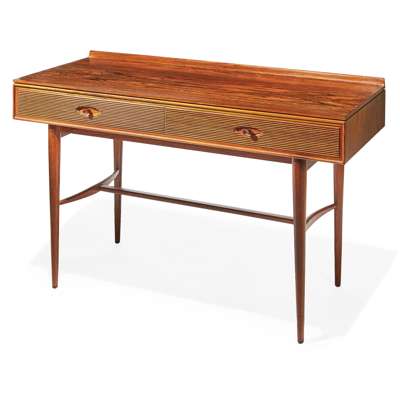
LOT 368
Robert Heritage (British 1927-) for Archie Shine
Console Side Table
SOLD FOR £1,750
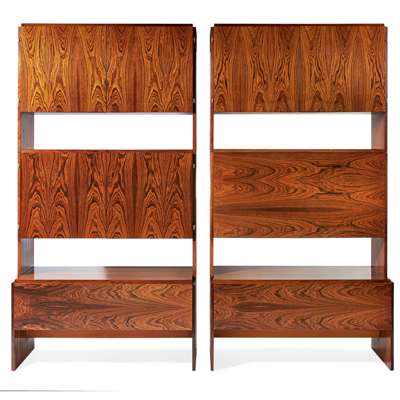
LOT 369
Robert Heritage (British 1927-)
Pair of Room Dividers
SOLD FOR £4,500
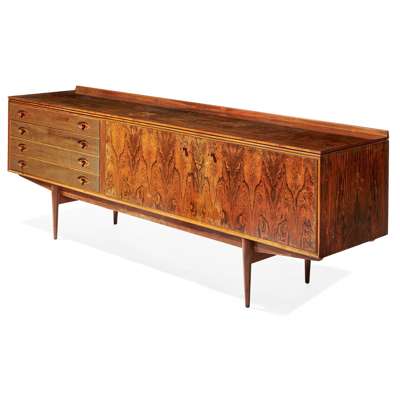
LOT 370
Robert Heritage (British 1927-) for Archie Shine
'Hamilton' Sideboard
SOLD FOR £1,750
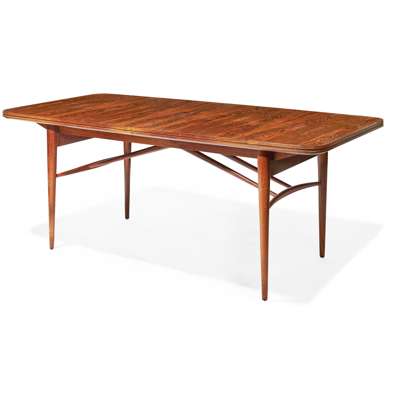
LOT 371
Robert Heritage (British 1927-) for Archie Shine
'Hamilton' Dining Table and Set of Ten Chairs
SOLD FOR £1,875
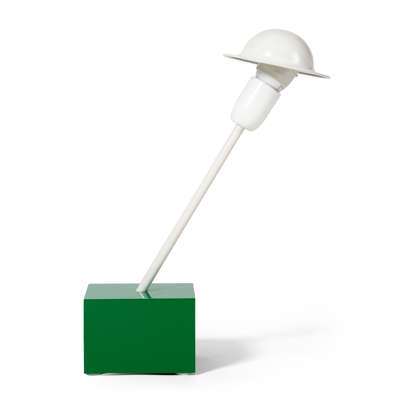
LOT 374
Ettore Sottsass (Italian 1917-2007) for Stilnovo
'Don' Table Lamp, designed 1977
SOLD FOR £625
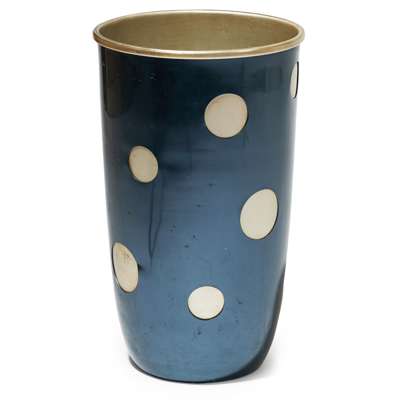
LOT 375
Ettore Sottsass (Italian 1917-2007) for Rinnovel
Umbrella Stand, circa 1955
SOLD FOR £1,000
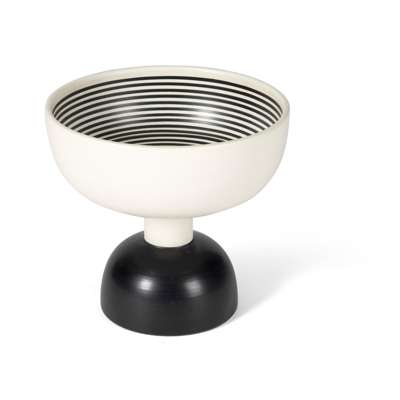
LOT 376
Ettore Sottsass (Italian 1917-2007) for Bitossi
Vase, 1986
SOLD FOR £500
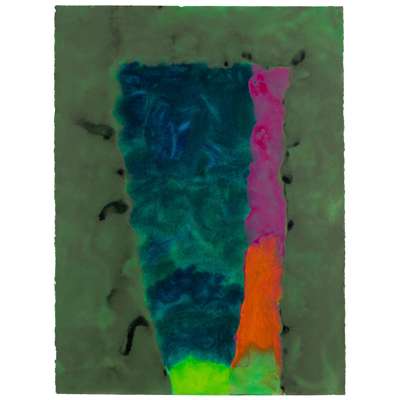
LOT 377
Trevor Bell (British 1930-2017)
Storm Front with a Side Light, 1979
SOLD FOR £1,375

LOT 378
William Gear R.A., F.R.S.A., R.B.S.A. (British 1915-1997)
Composition, 1962
SOLD FOR £1,750
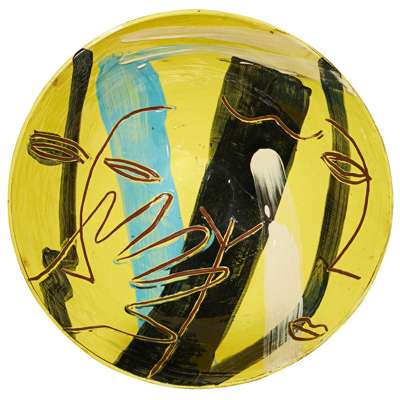
LOT 379
Bruce Mclean (British 1944-)
Bowl, 1986
SOLD FOR £1,063
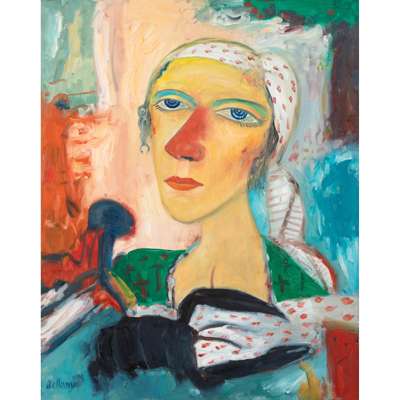
LOT 381
John Bellany C.B.E., R.A. (Scottish 1942-2013)
Portrait of a Lady
SOLD FOR £5,250
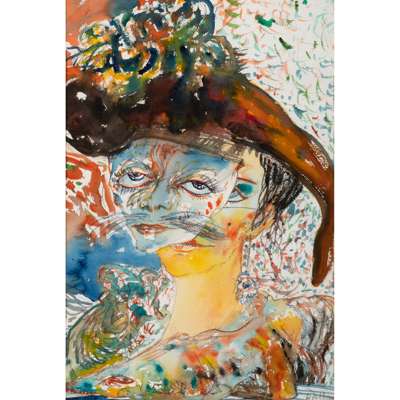
LOT 382
John Bellany C.B.E., R.A. (Scottish 1942-2013)
The Masked Lady
SOLD FOR £2,500
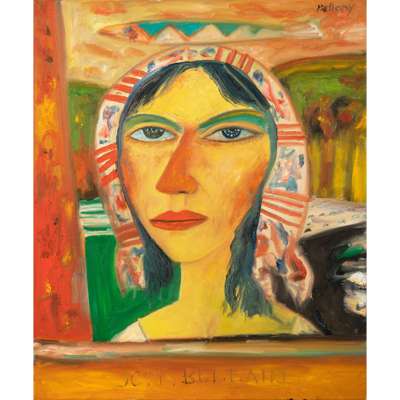
LOT 383
John Bellany C.B.E., R.A. (Scottish 1942-2013)
Girl with Mackerel
SOLD FOR £4,500
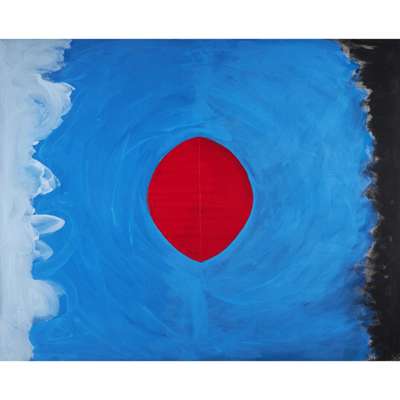
LOT 384
Sir Terry Frost R.A. (British 1915-2003)
Floating Sun, 1987
SOLD FOR £16,250
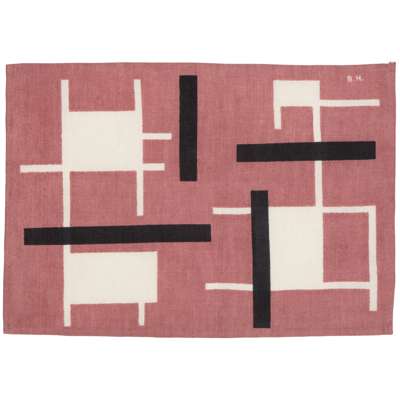
LOT 385
Dame Barbara Hepworth D.B.E. (British 1903-1975) for Porthia Prints
Abstract, circa 1955
SOLD FOR £1,875
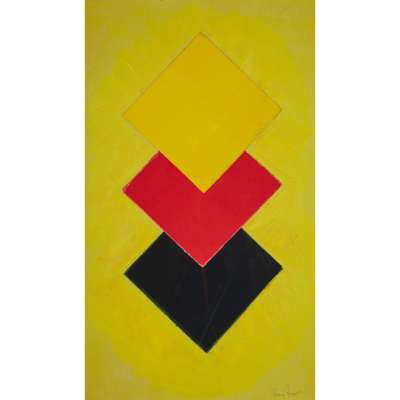
LOT 386
Sir Terry Frost R.A. (British 1915-2003)
Untitled
SOLD FOR £3,250
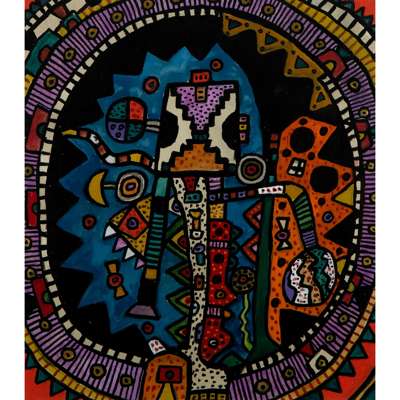
LOT 387
Alan Davie C.B.E., R.A., H.R.S.A. (British 1920-2014)
Mandala No. 1, 2004, Opus G.2538
SOLD FOR £2,500
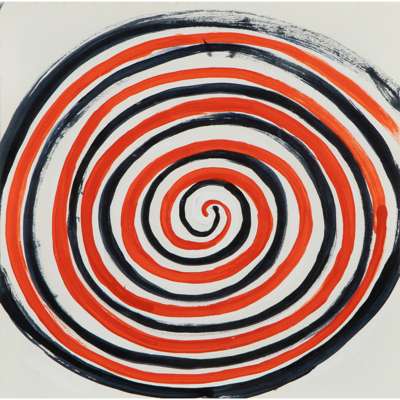
LOT 388
Sir Terry Frost R.A. (British 1915-2003)
Spiral
SOLD FOR £2,375

LOT 389
Alan Davie C.B.E., R.A., H.R.S.A. (British 1920-2014)
Magic Lamp, 1973
SOLD FOR £15,000

LOT 390
Bob Law (British 1934-2004)
Free Standing Table Sculpture, Wooden Obelisk
SOLD FOR £3,500

LOT 391
Bob Law (British 1934-2004)
The White Horse at Uffington Castle, Wiltshire, 1966
SOLD FOR £2,375
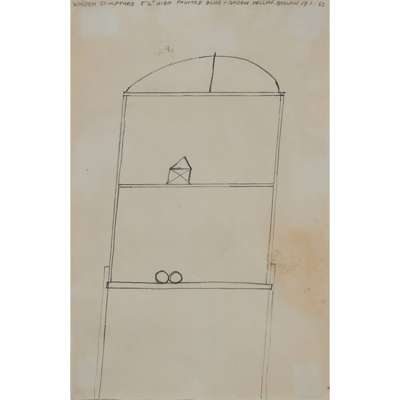
LOT 392
Bob Law (British 1934-2004)
Wooden Box Sculpture with Obelisk: Drawing for Sculpture, 1963
SOLD FOR £2,125
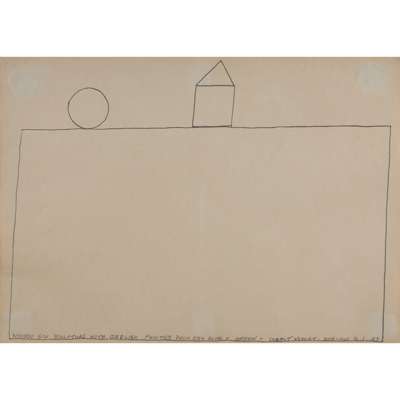
LOT 393
Bob Law (British 1934-2004)
Wooden Box Sculpture with Obelisk, Drawing for Sculpture, 1963
SOLD FOR £3,250
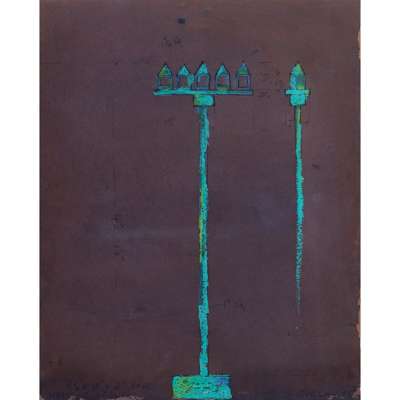
LOT 394
Bob Law (British 1934-2004)
Nest of Obelisks, 1985
SOLD FOR £2,250

LOT 395
Bob Law (British 1934-2004)
Past The Devil to the Sea, 1987
SOLD FOR £1,750
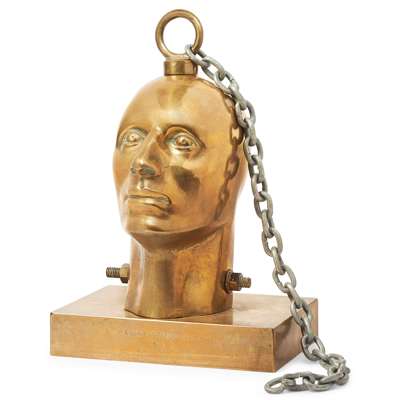
LOT 399
Eduardo Paolozzi K.B.E., R.A., H.R.S.A. (Scottish 1924-2005)
Crash Head, conceived 1970
SOLD FOR £25,000
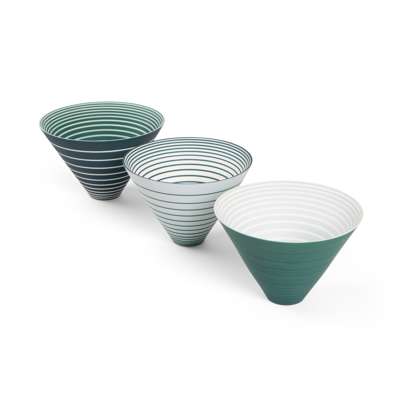
LOT 401
Sara Moorhouse (British 1974-)
Set of Three 'Pulse' Bowls
SOLD FOR £625
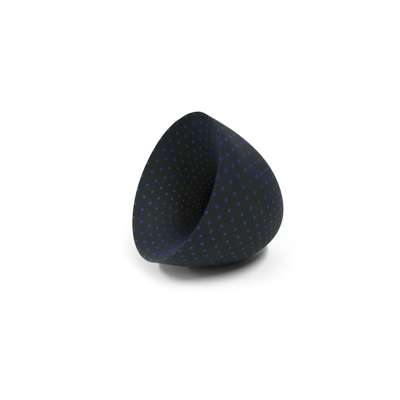
LOT 403
Grainne Watts (Irish 1960-)
Ink Sky, 2021
SOLD FOR £5,500
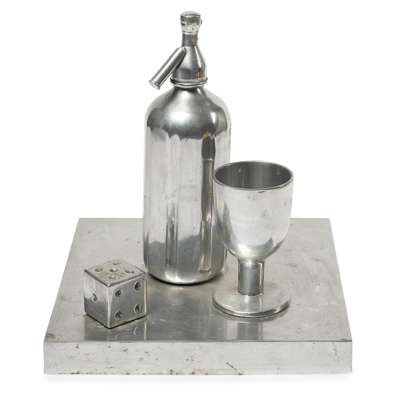
LOT 404
Clive Barker (British 1940-)
Cubist Still Life, 1995
SOLD FOR £1,250
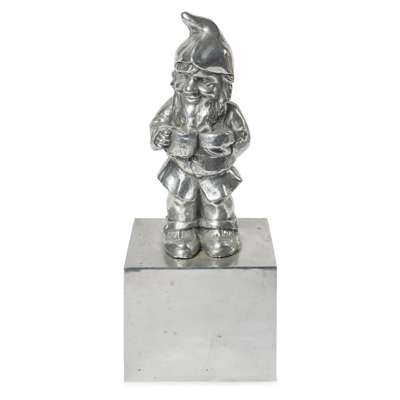
LOT 405
Clive Barker (British 1940-)
Gnome, 1990-95
SOLD FOR £1,125

LOT 406
Ashraf Hanna (Egyptian 1967-)
Slim Yellow Vessel with Dark Grey Interior and Triangular Base
SOLD FOR £2,375
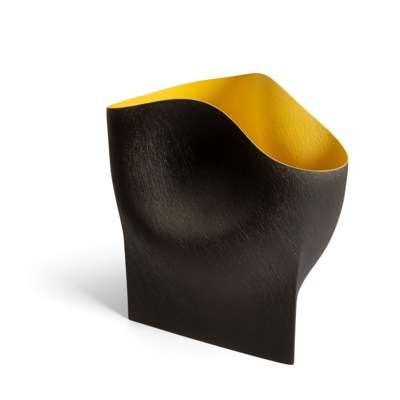
LOT 407
Ashraf Hanna (Egyptian 1967-)
Undulating Grey Bowl with Yellow Interior and Triangular Base.
SOLD FOR £1,500
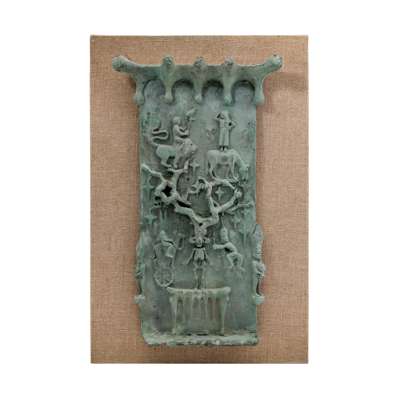
LOT 408
Tim Shaw (British 1964-)
Life Frieze
SOLD FOR £450
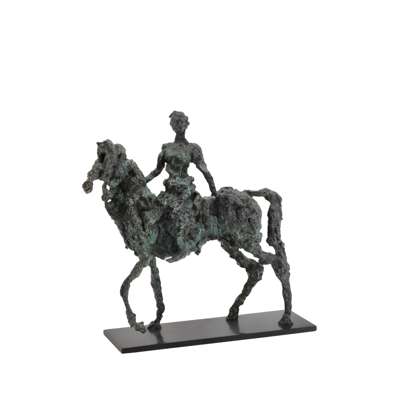
LOT 409
Deborah van der Beek (British 1952-)
Antiope, Amazon Queen, 2003-4
SOLD FOR £938
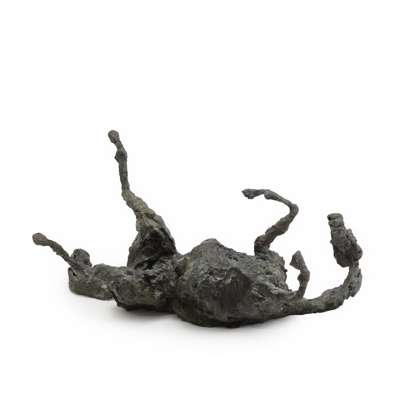
LOT 410
Deborah van der Beek (British 1952-)
Rolling Horse, 2003-4
SOLD FOR £575

LOT 411
Tappeti Domus, Italian
Rug
SOLD FOR £875
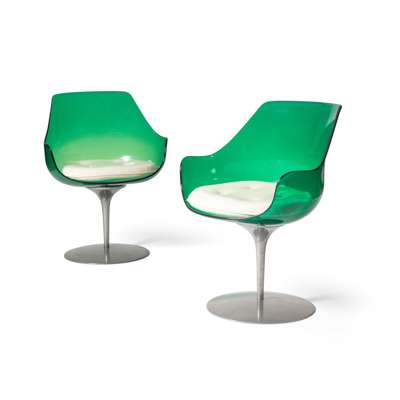
LOT 413
Erwine and Estelle Laverne (American 1909-2002 and 1915-1997) for Formes Nouvelles
Pair of Green 'Champagne' chairs, designed 1957
SOLD FOR £3,000

LOT 414
Hugo Grenville (British 1958-)
Freya, Reclining, Morning Light, 2015
SOLD FOR £8,750
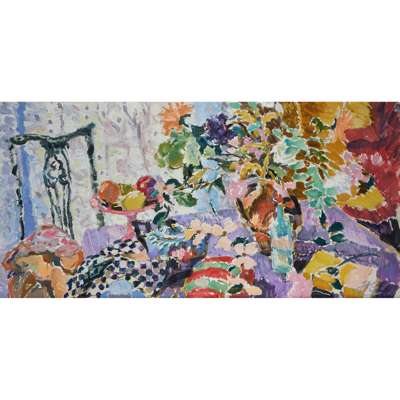
LOT 415
Hugo Grenville (British 1958-)
Winter Light: Still Life with Silver Teapot, 2017
SOLD FOR £6,000

LOT 418
Ifeanyi Oganwu (Nigerian 1979-)
Pair of Pedestal Stools, 2016
SOLD FOR £1,063

LOT 420
Jane Bruce (British / American 1947-)
'Sentinel', 2003
SOLD FOR £1,250

LOT 421
Marianne Buus (Danish b.1967)
Two Vases, 1990s
SOLD FOR £500
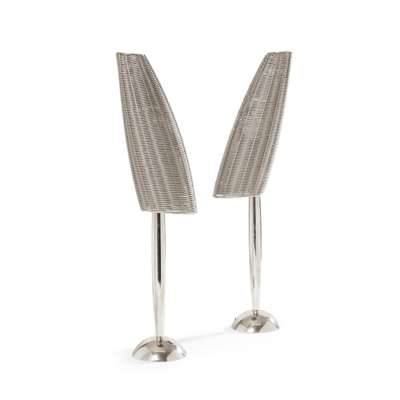
LOT 422
Michael Young (British 1966-) for The Study, London
Pair of 'Mama George' Lamps
SOLD FOR £375

LOT 423
Shiro Kuramata (Japanese 1934-1991) for Spiral
Two Coat Hangers, designed 1989
SOLD FOR £325
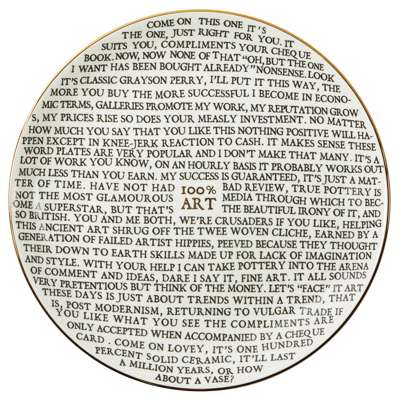
LOT 430
Grayson Perry (British 1960-)
'100% Art' Plate, 2020
SOLD FOR £525
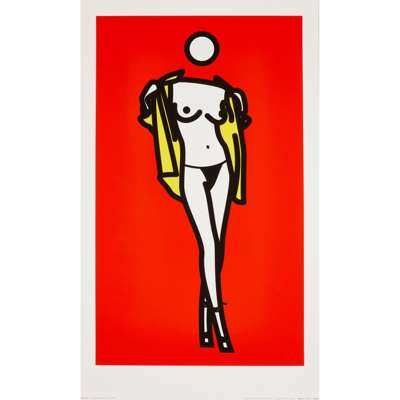
LOT 431
Julian Opie (British 1958-)
Woman Taking off Man's Shirt (Cristea p.244), 2003
SOLD FOR £688